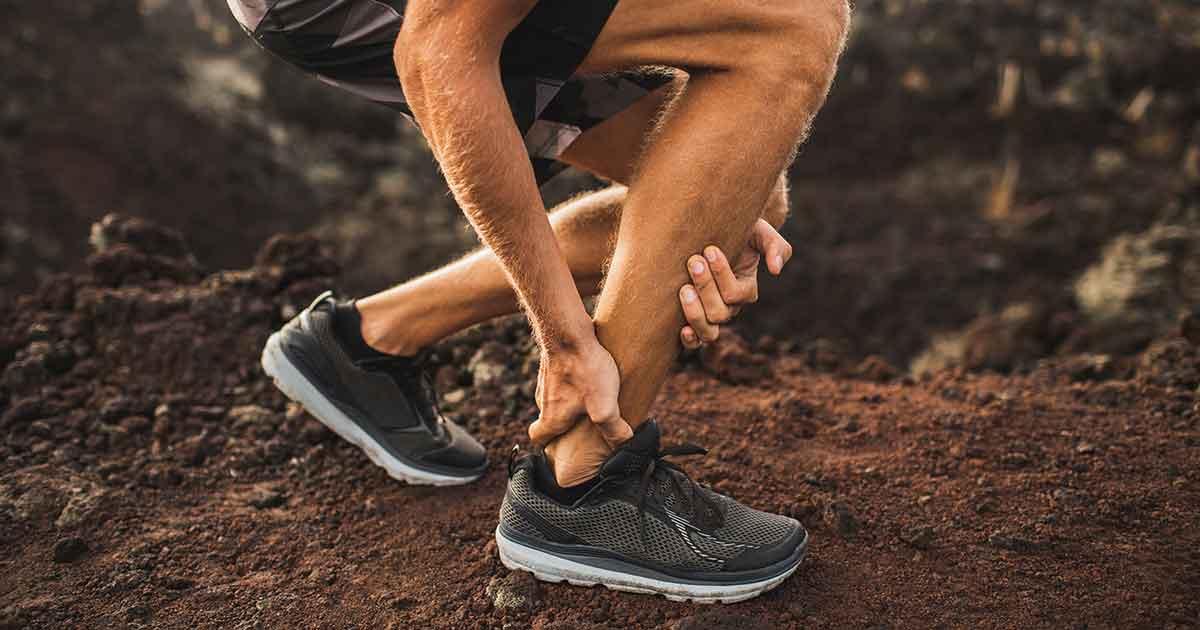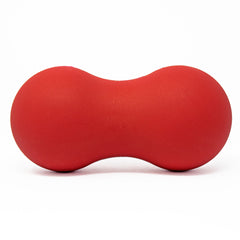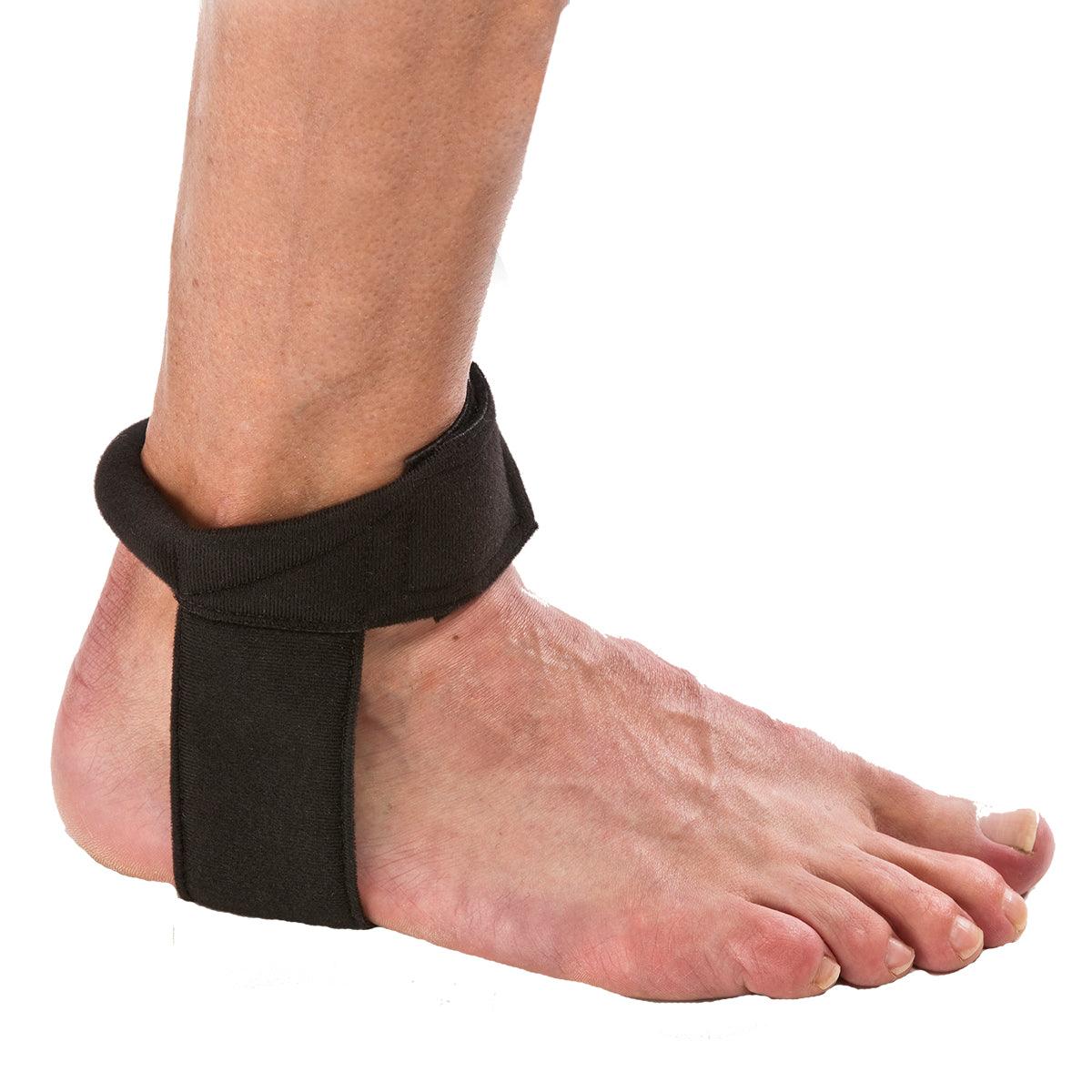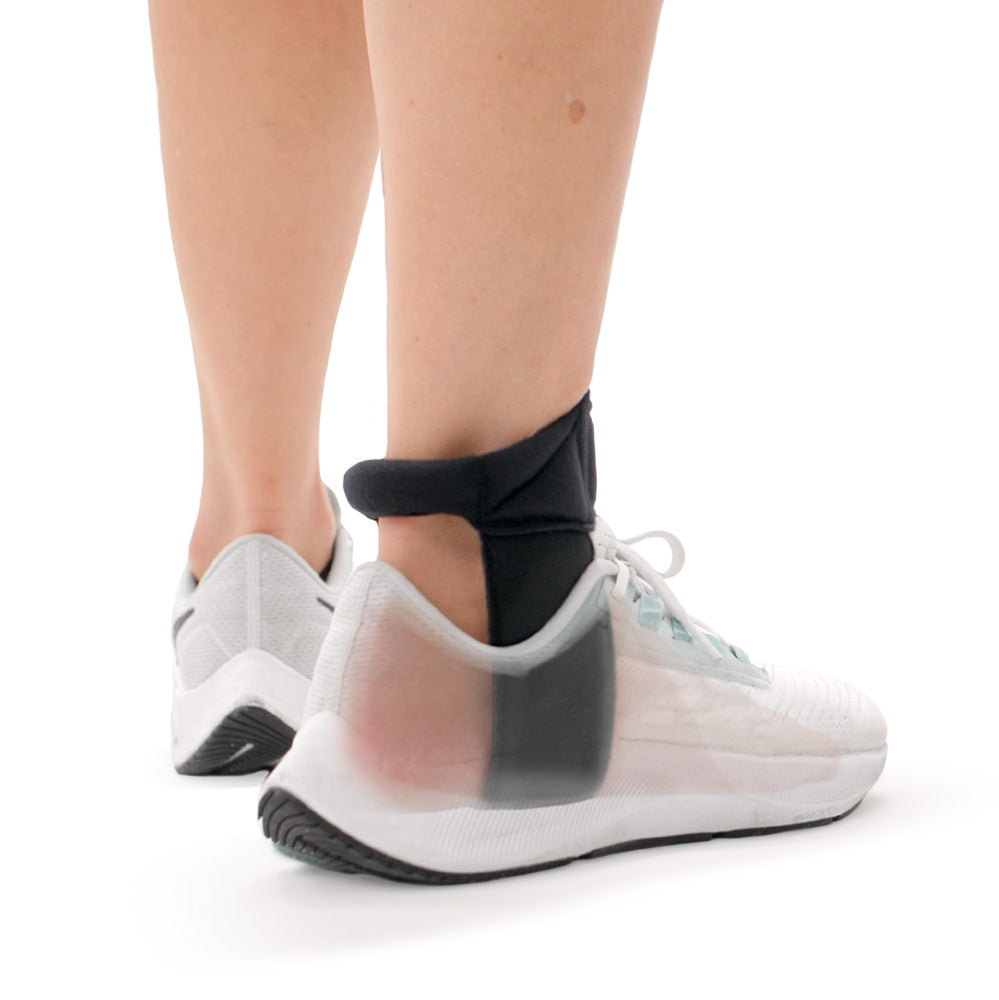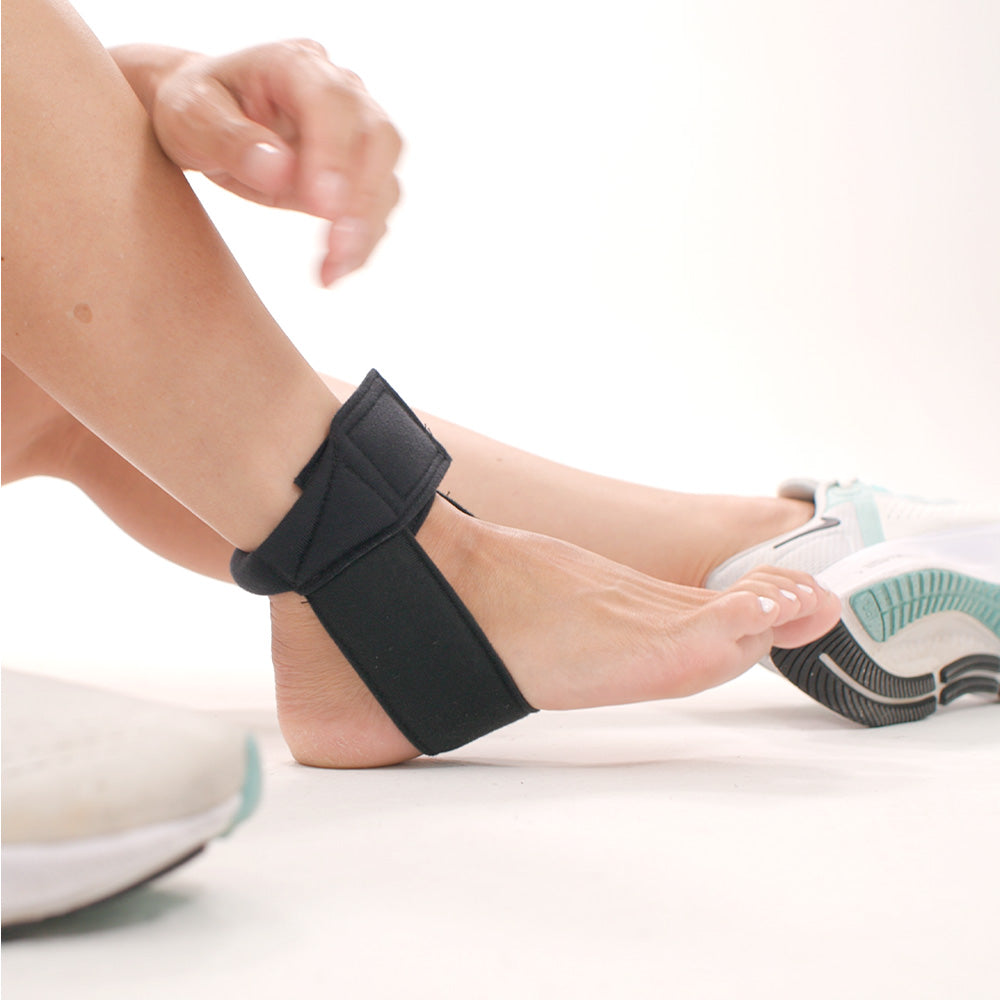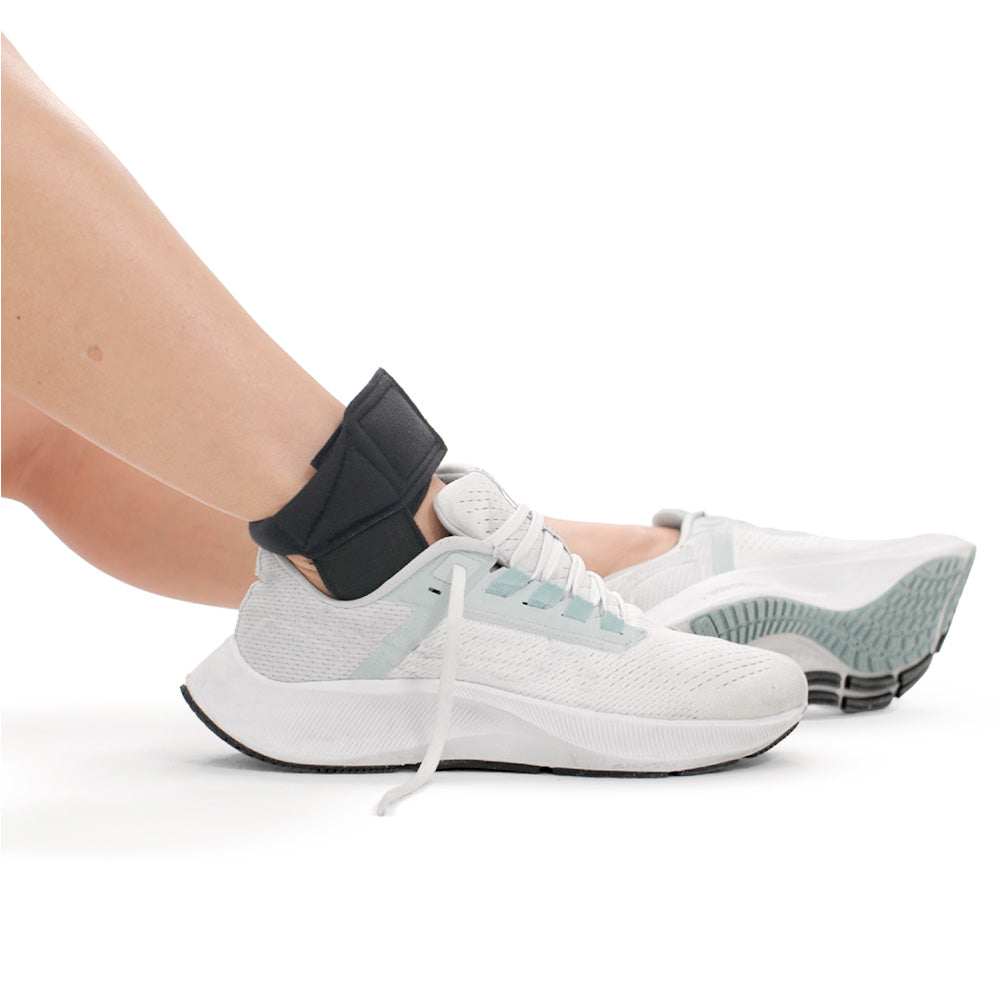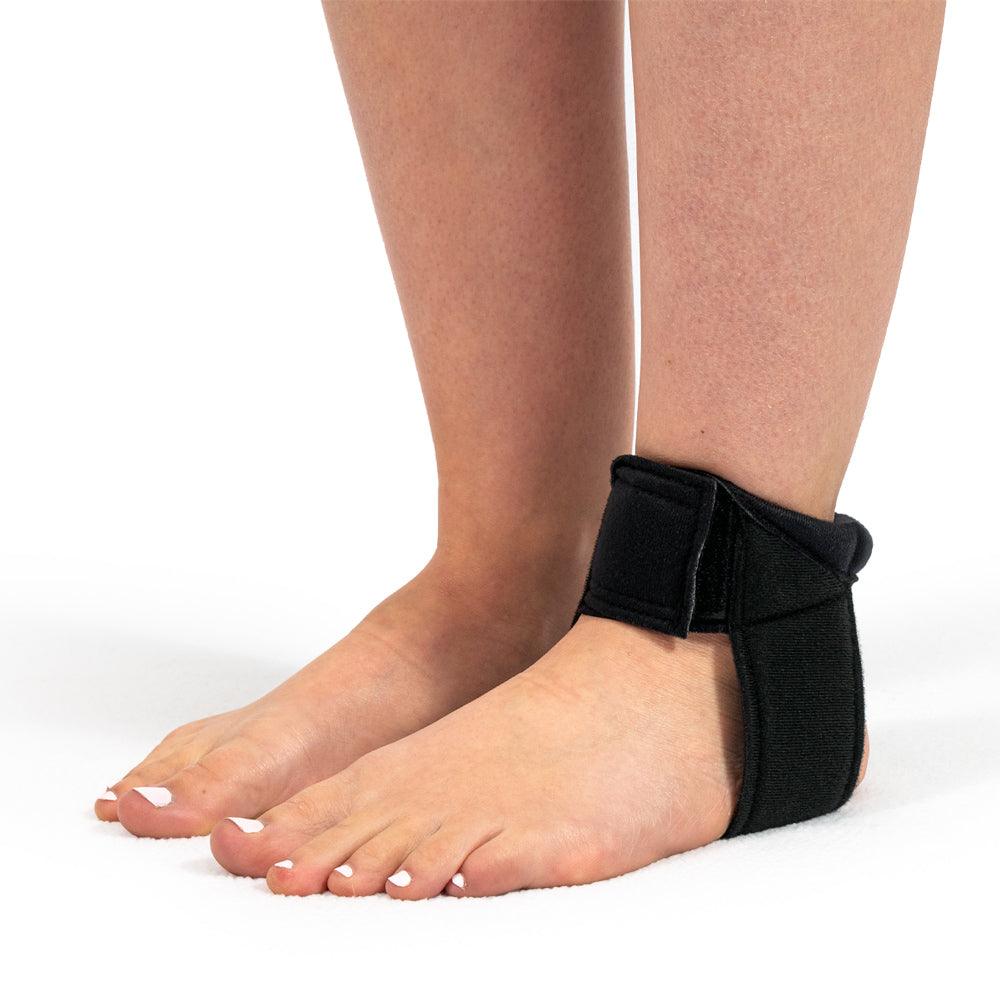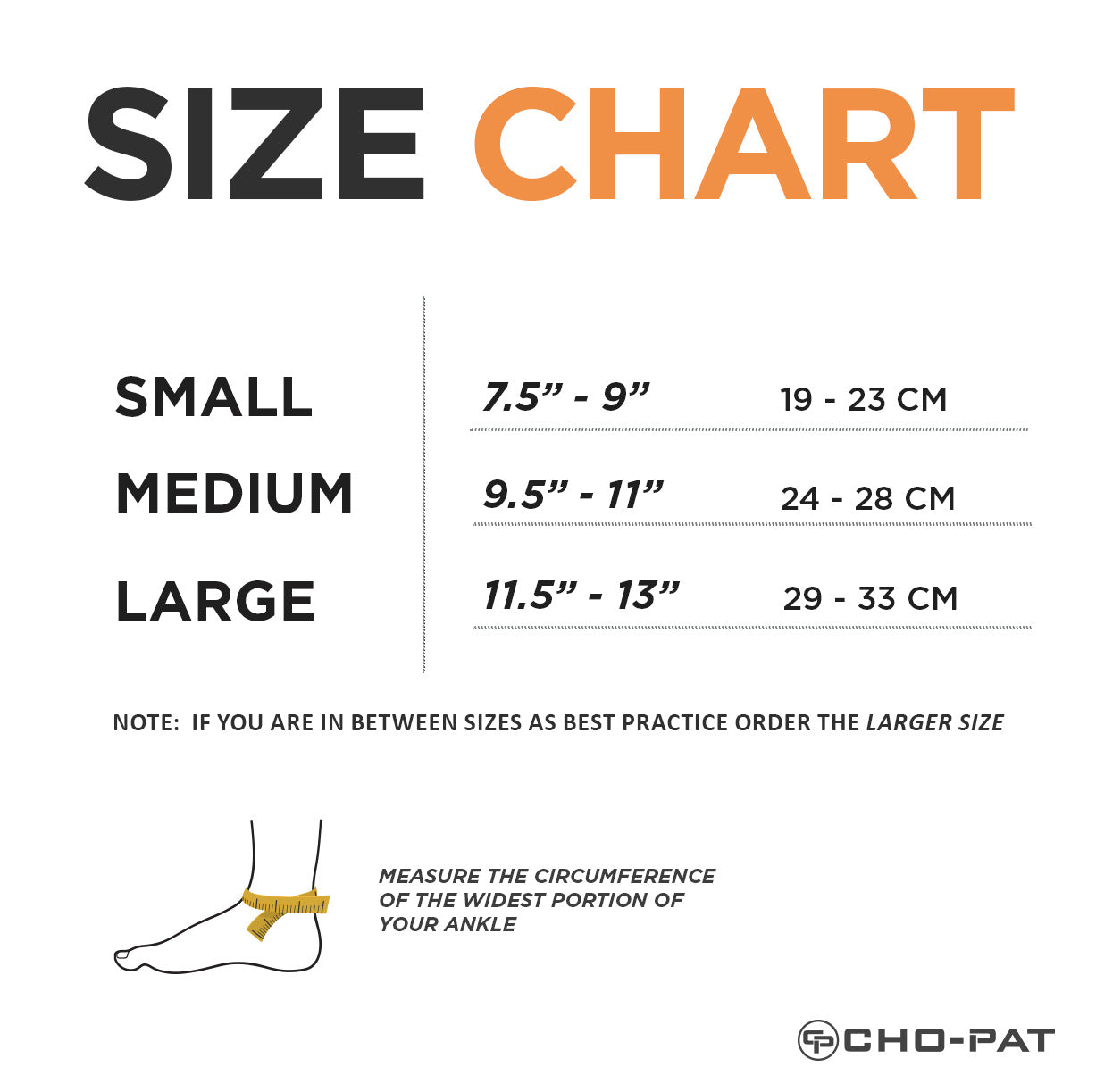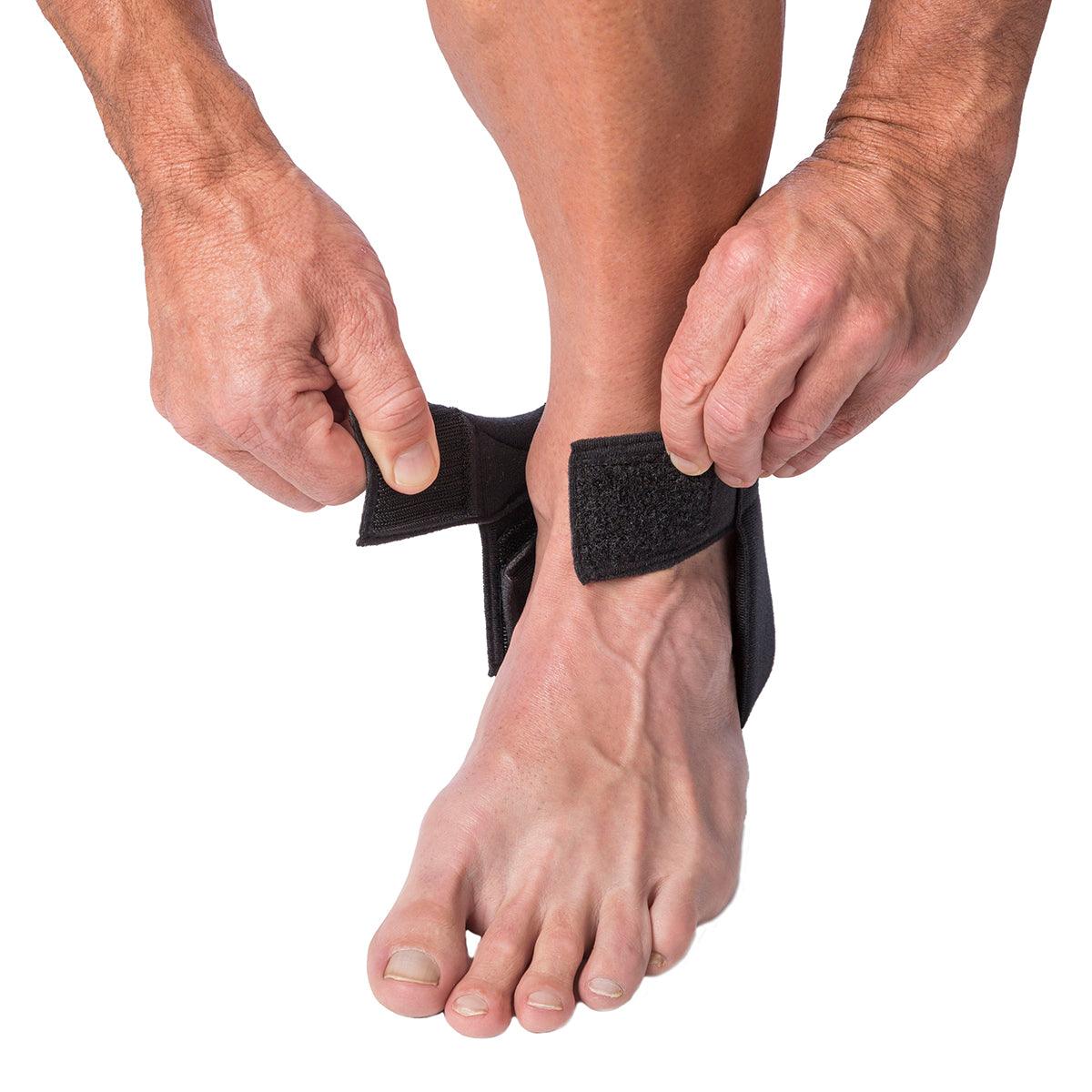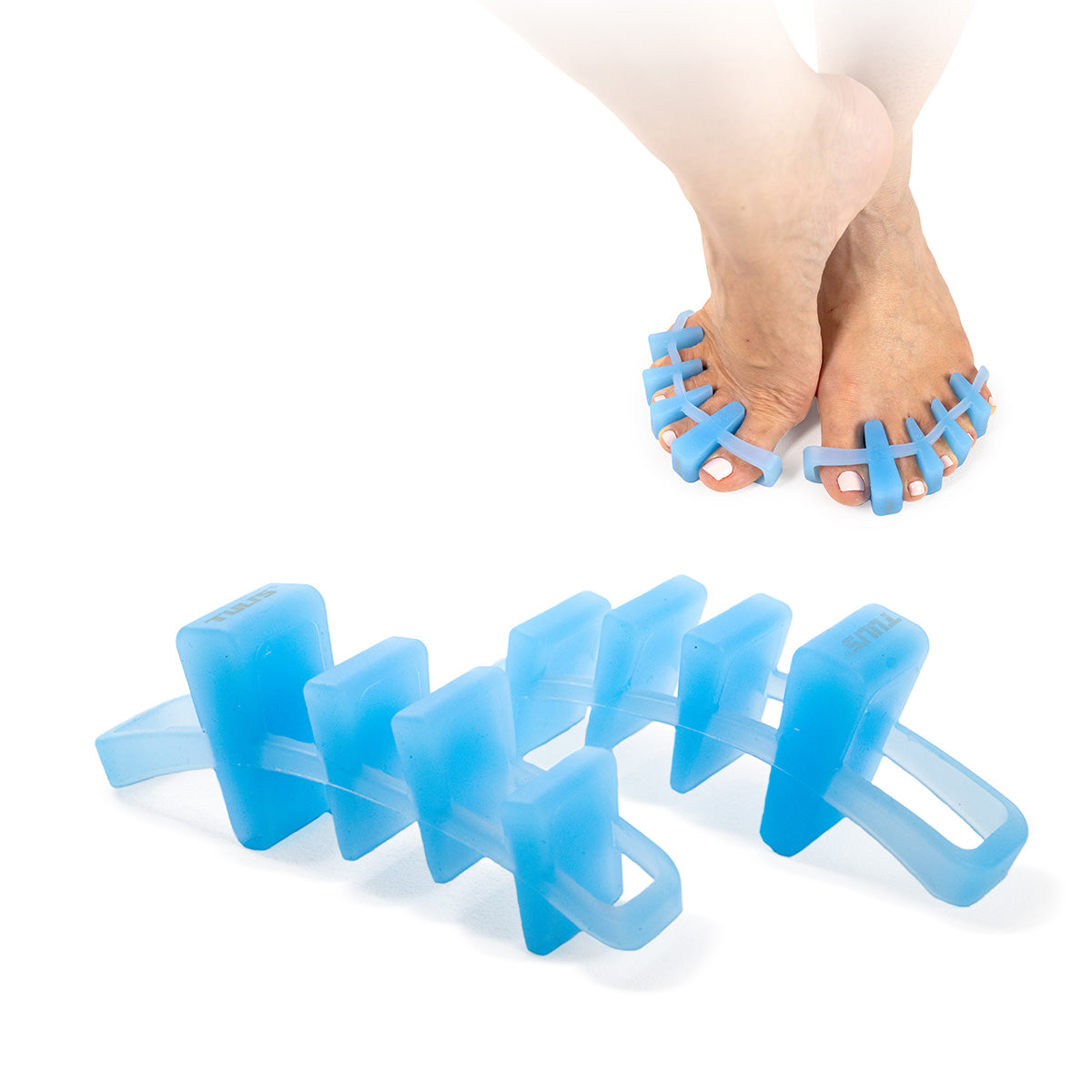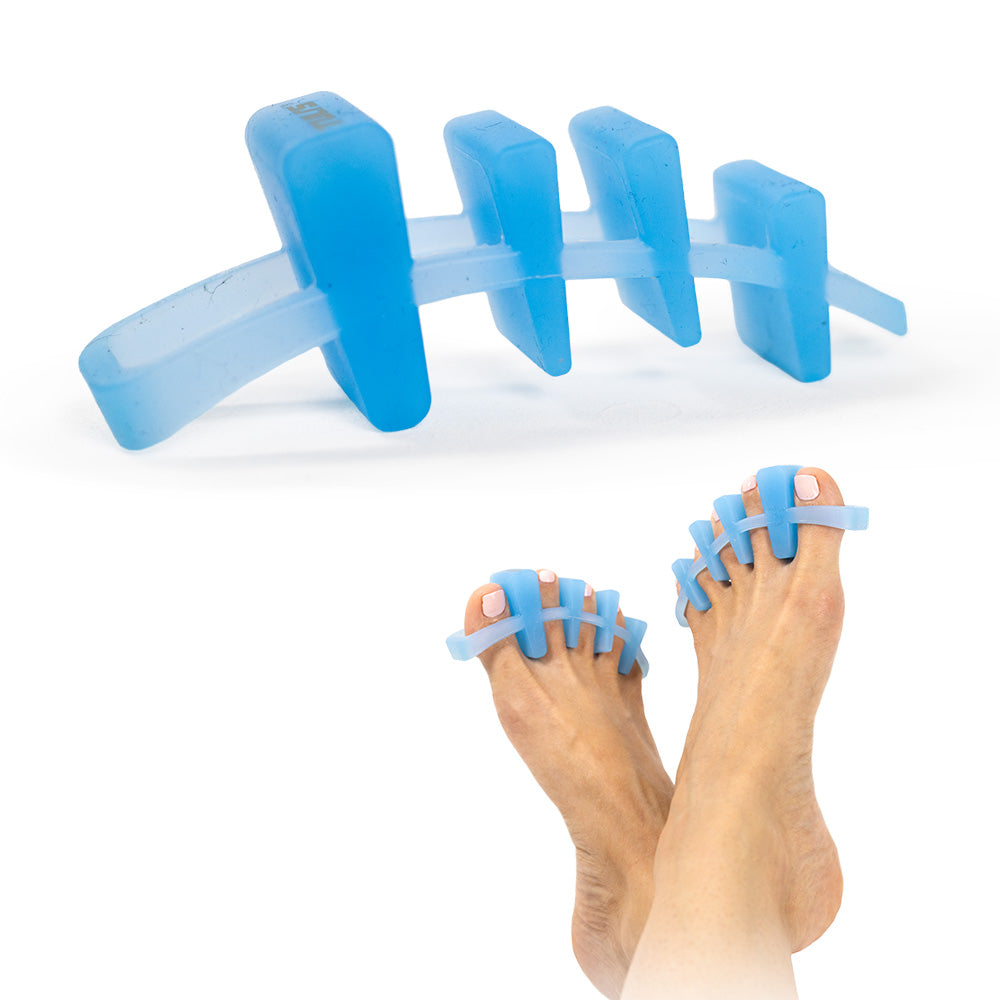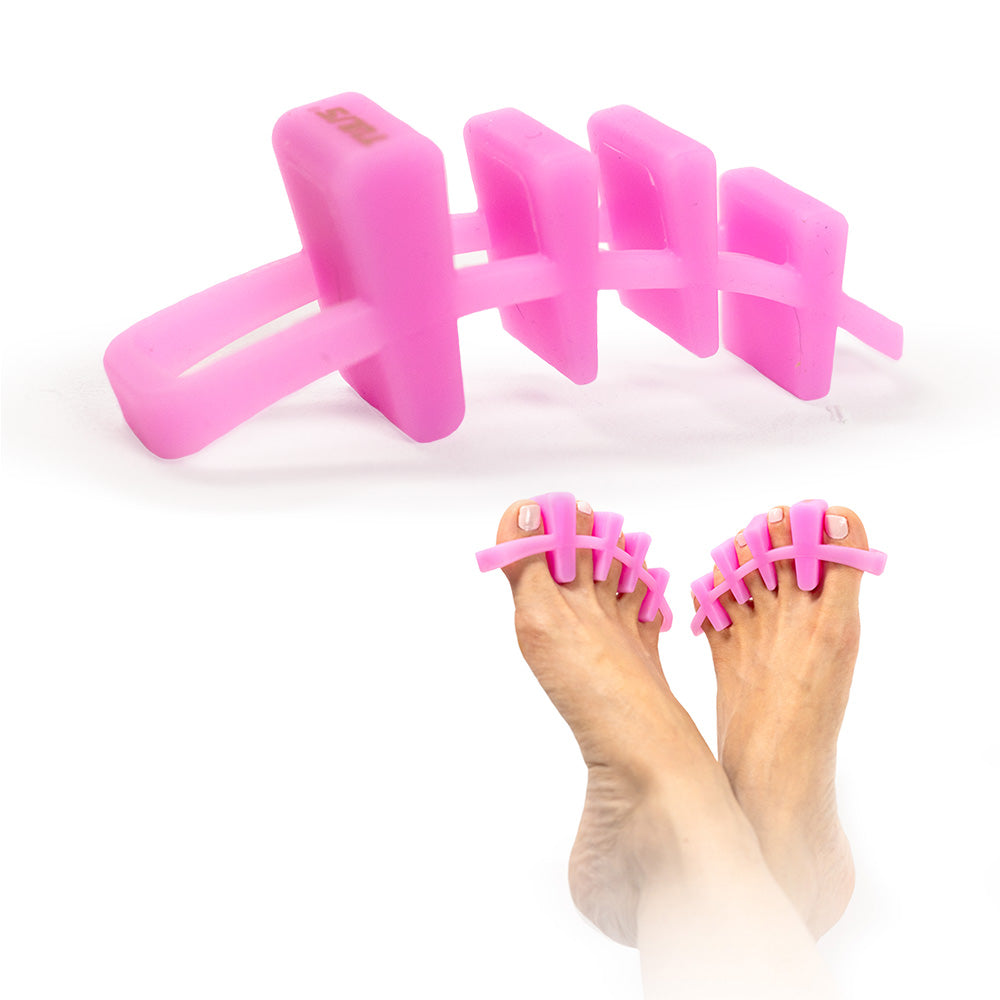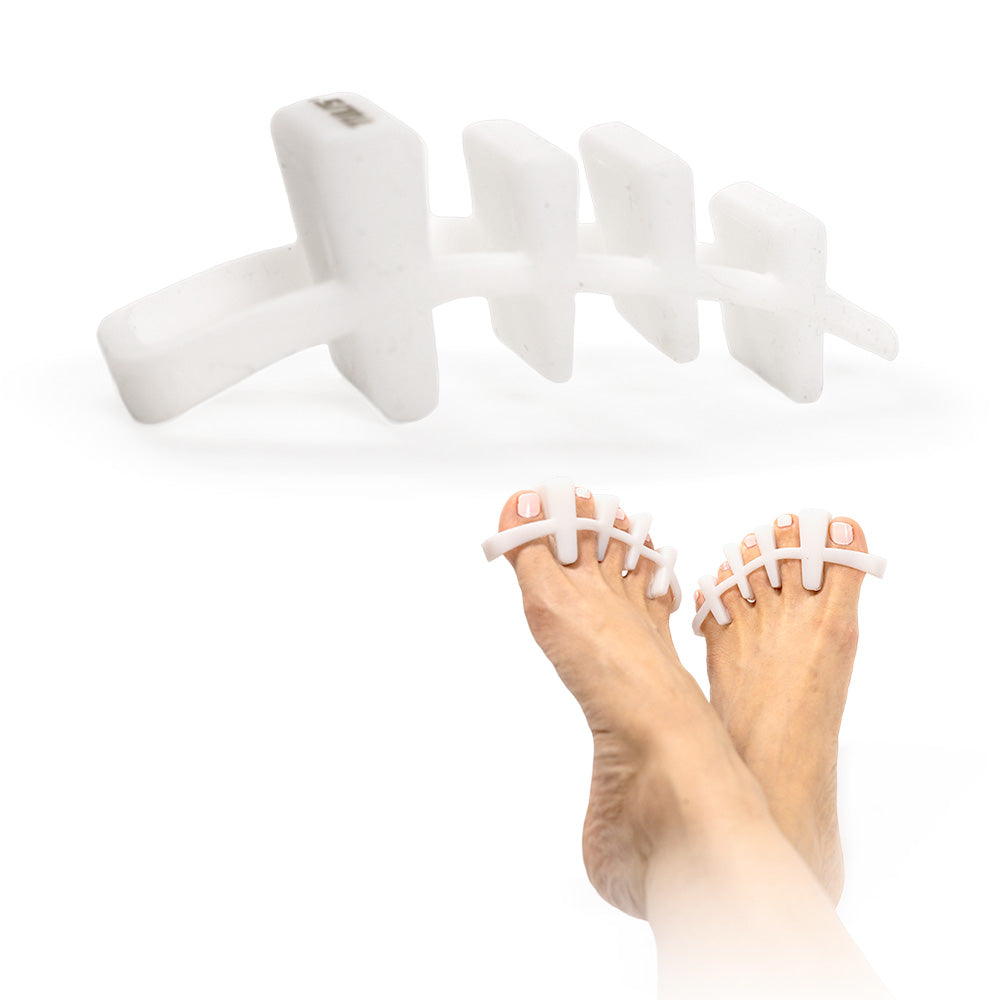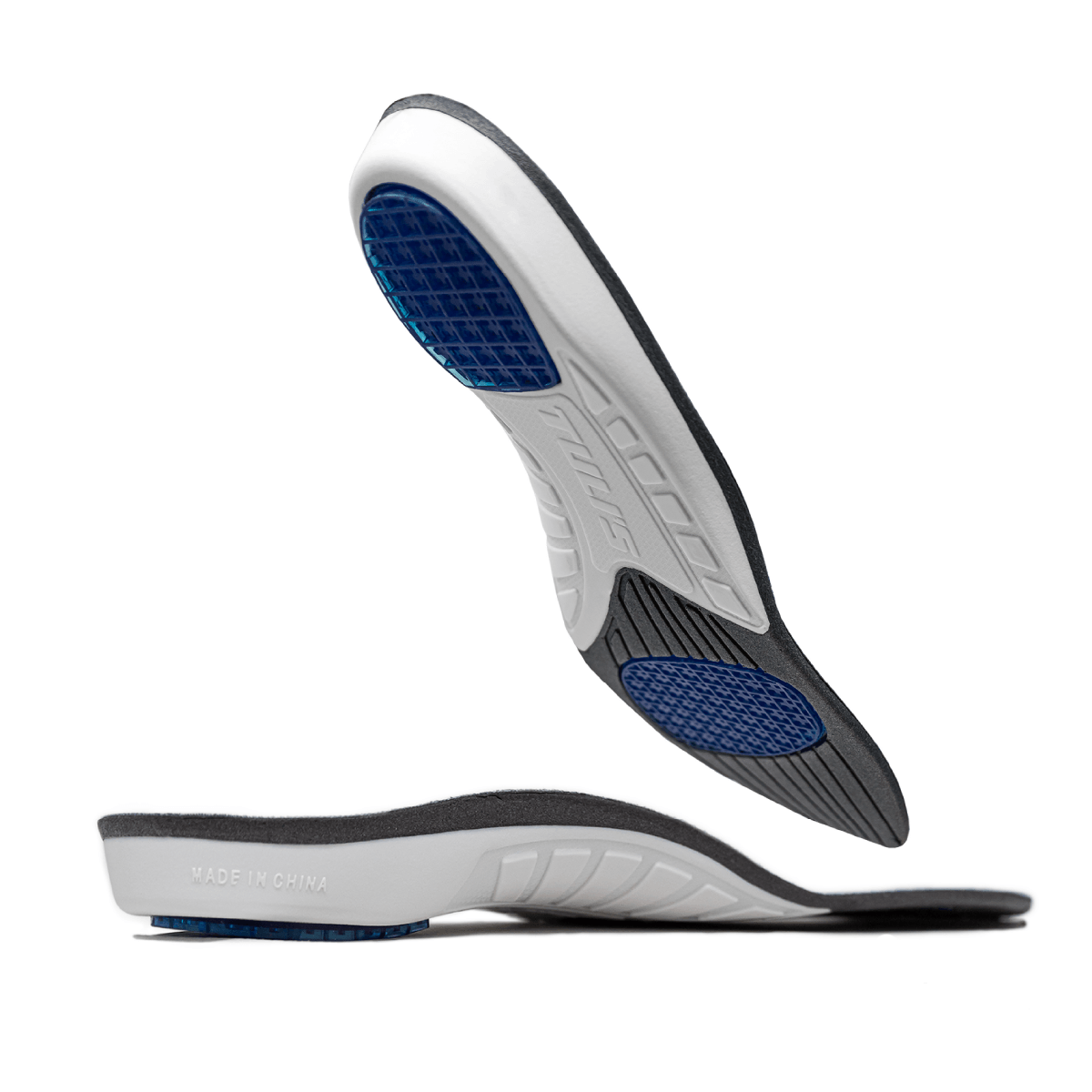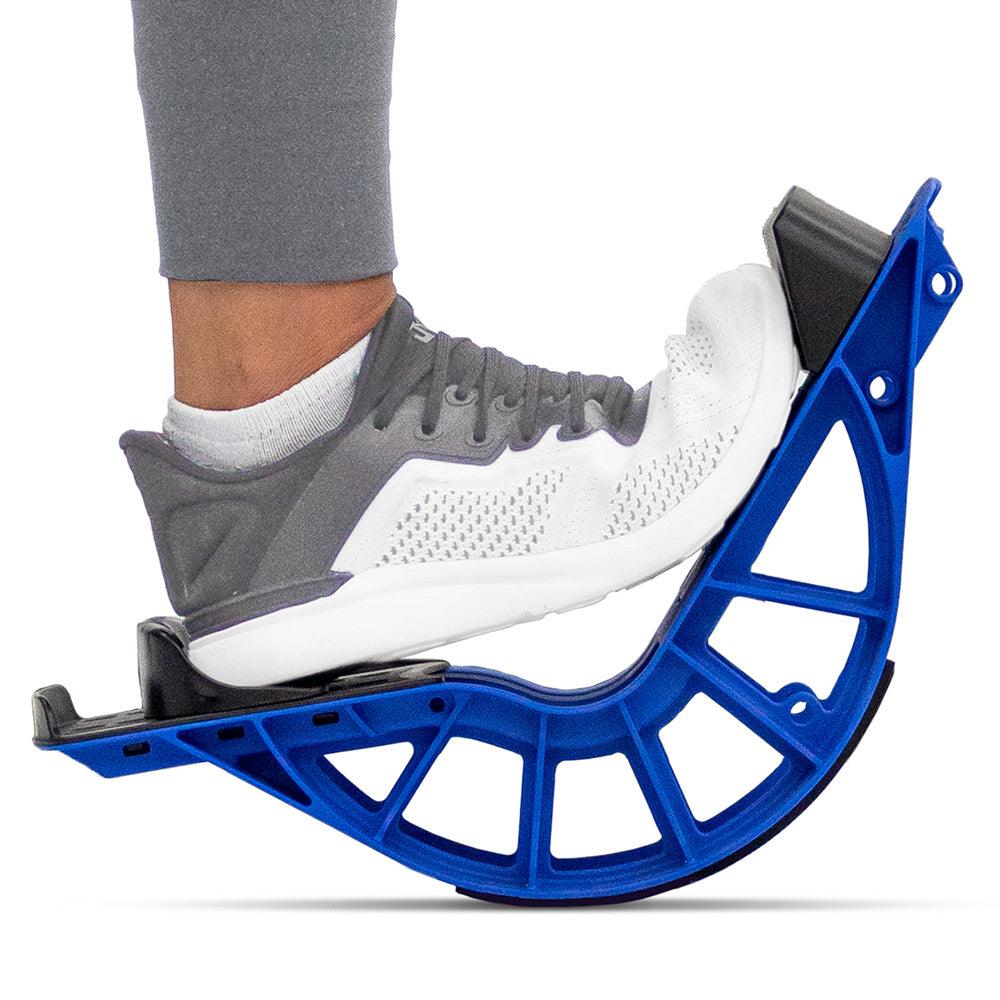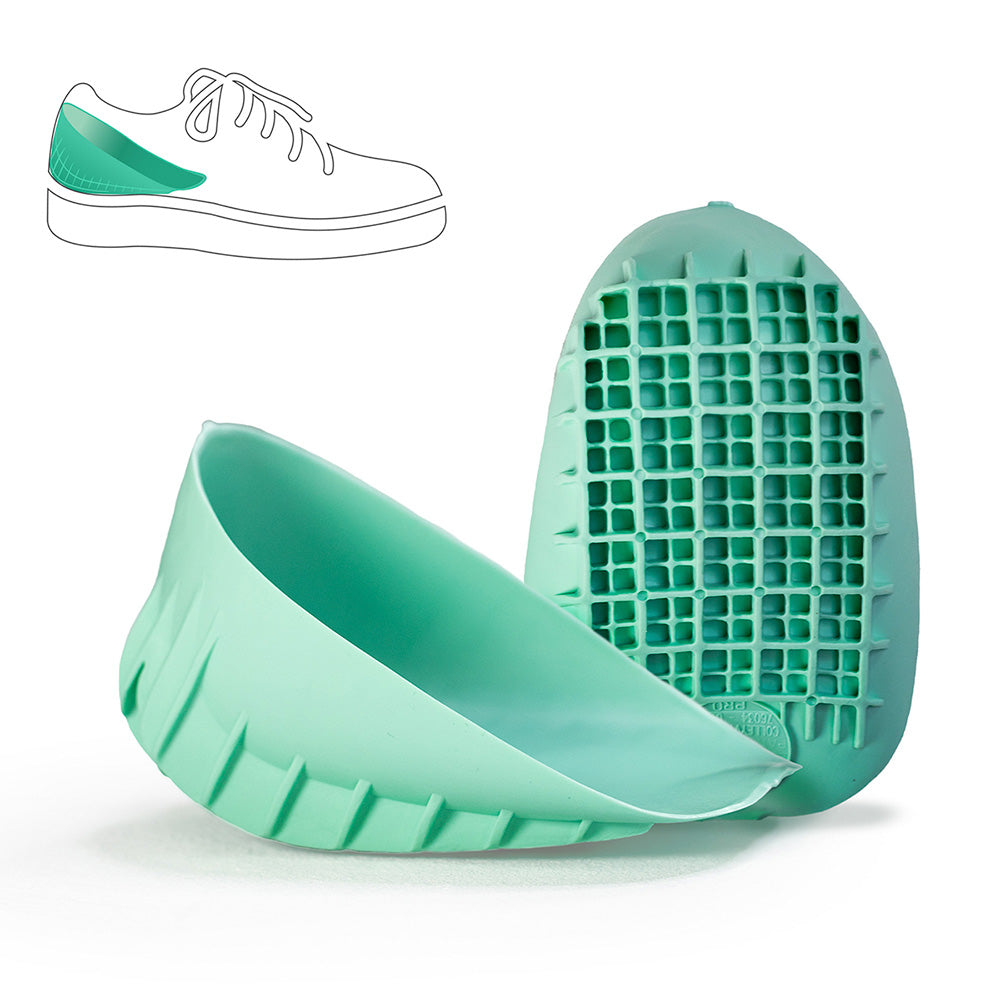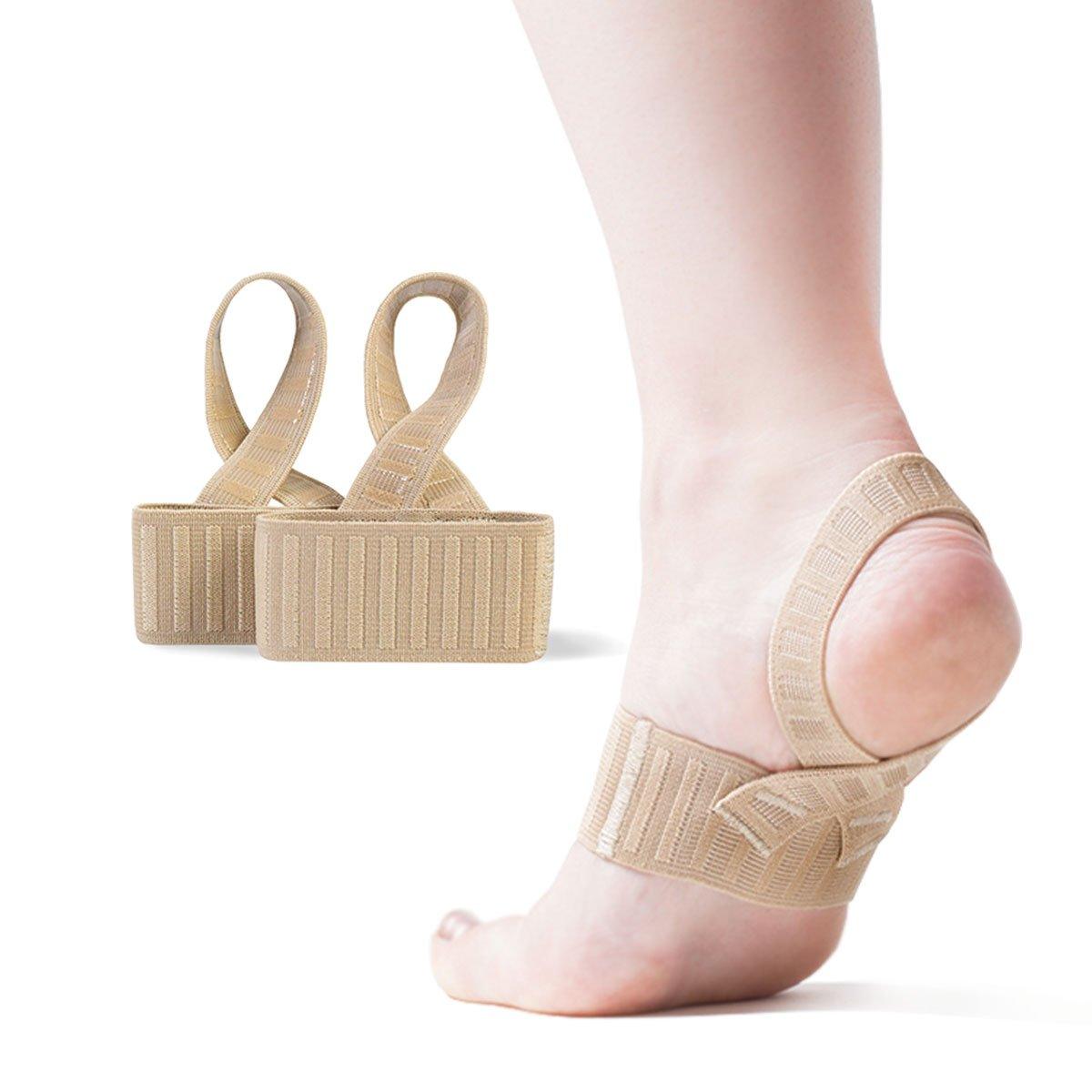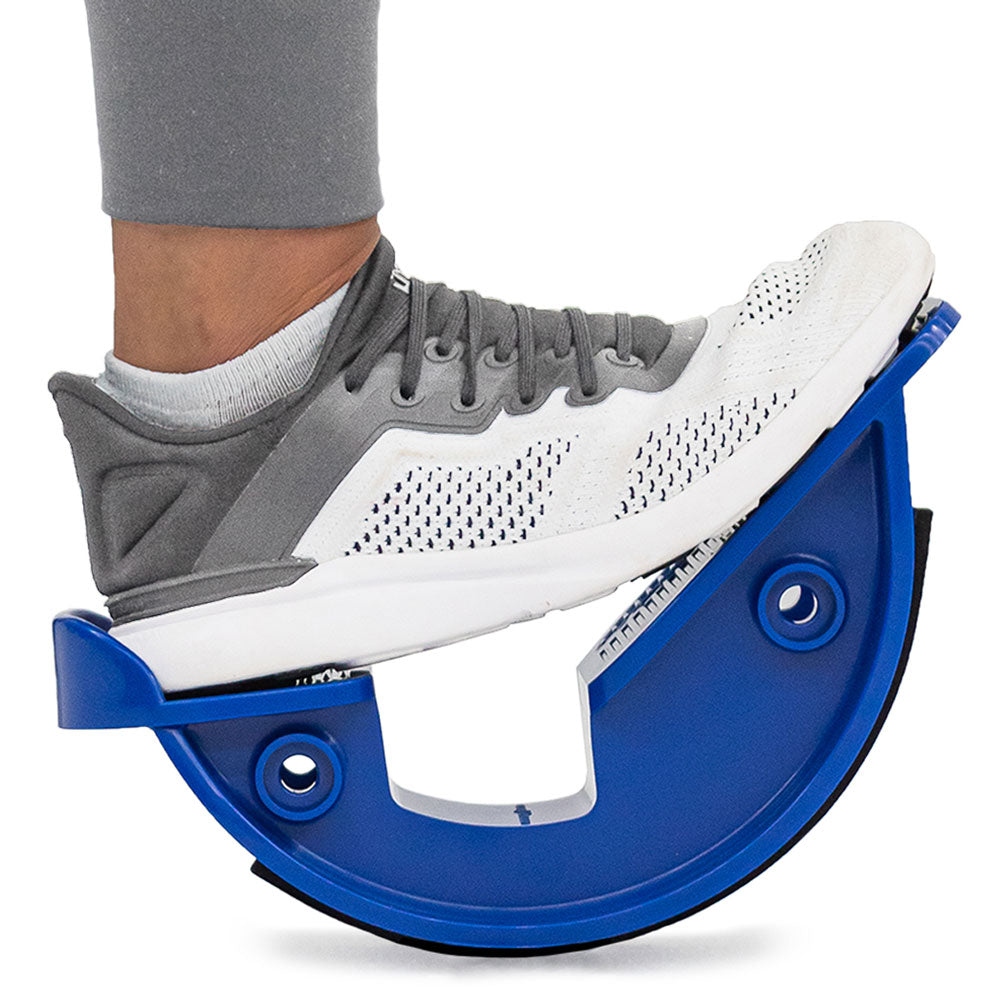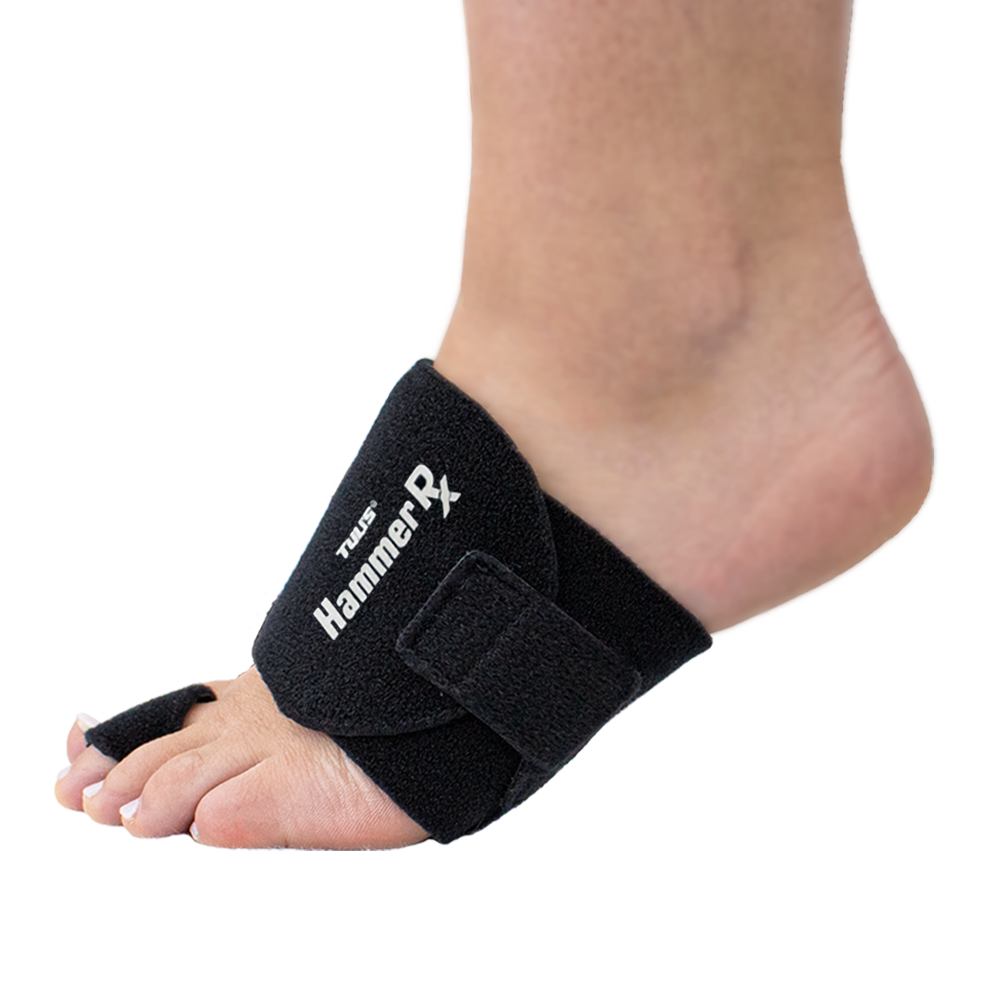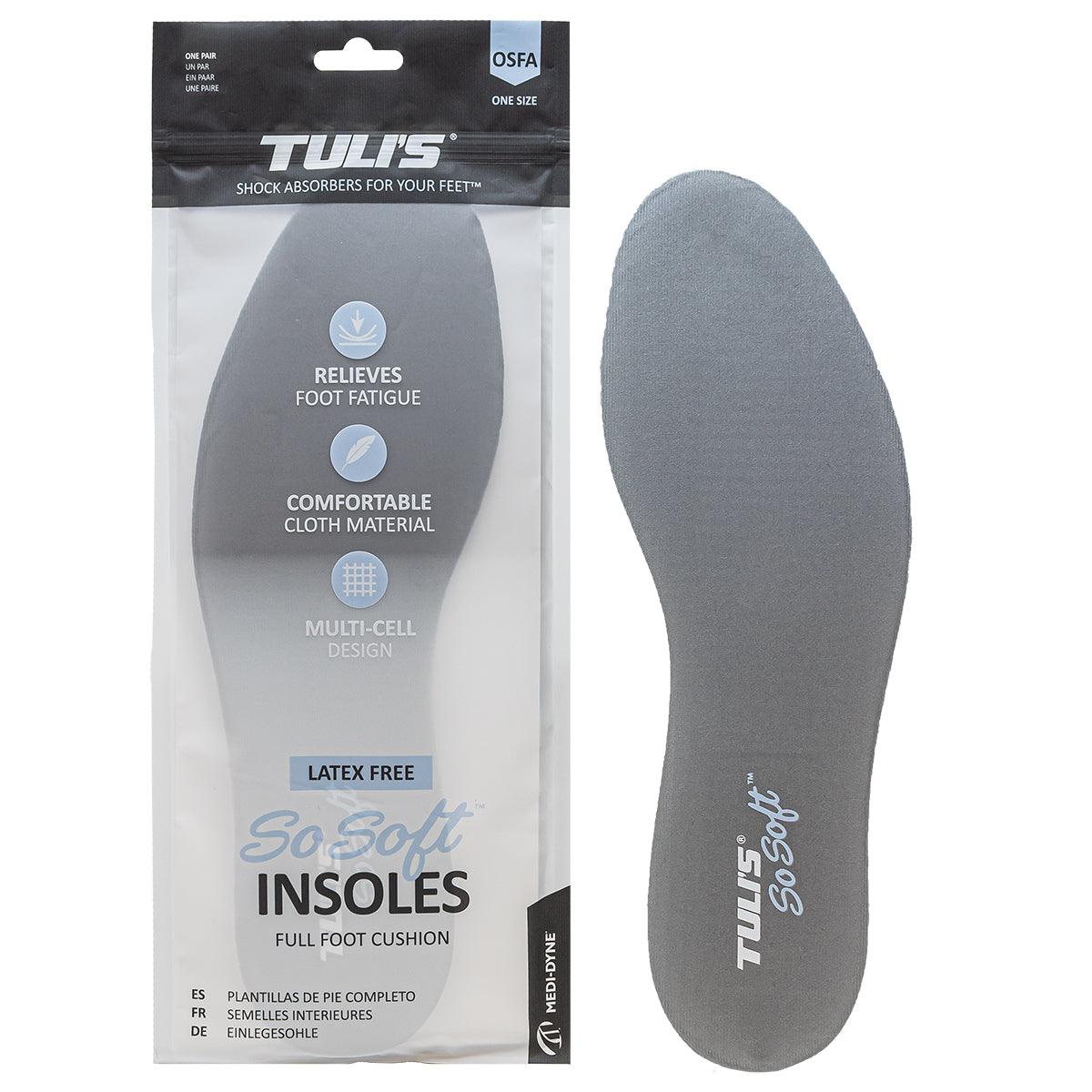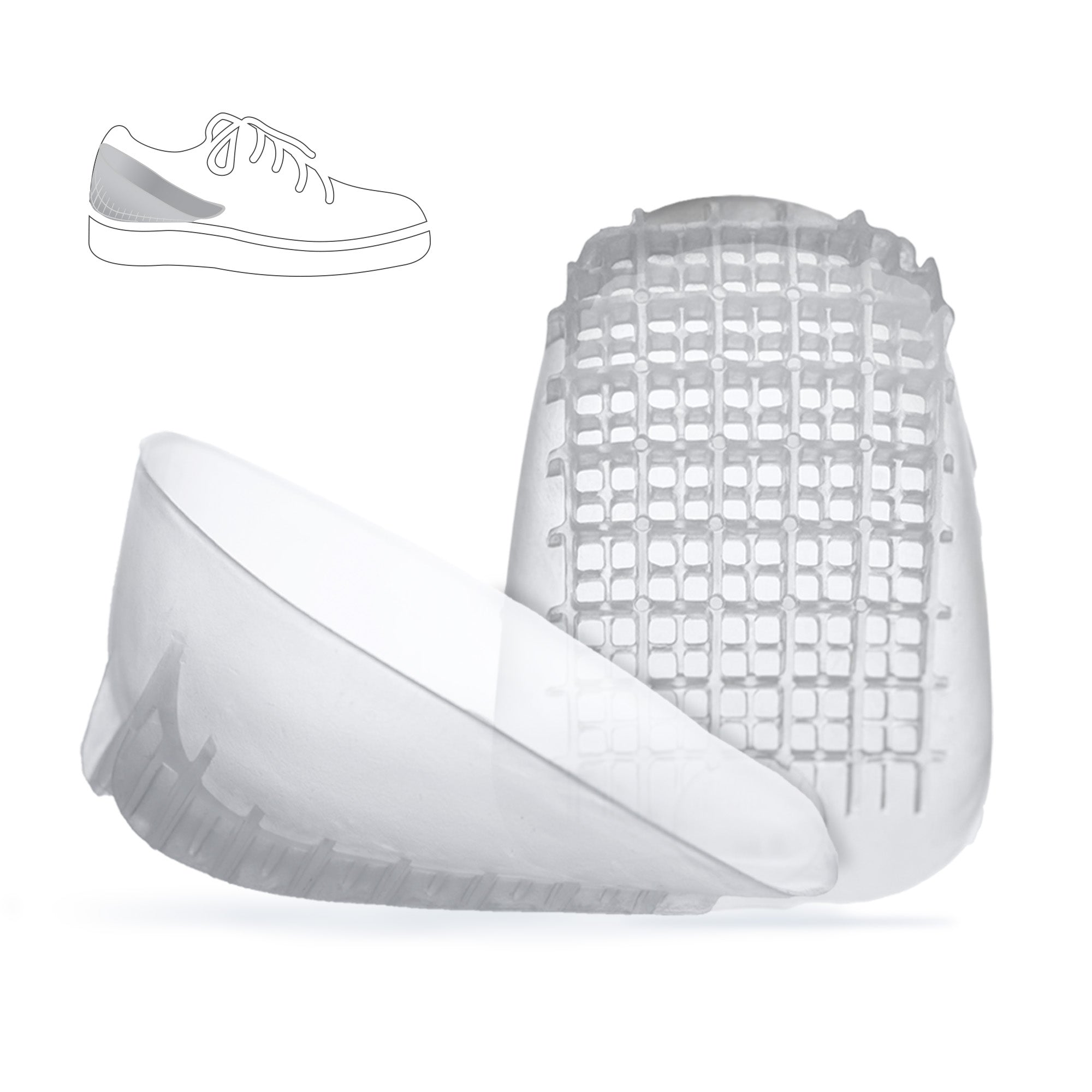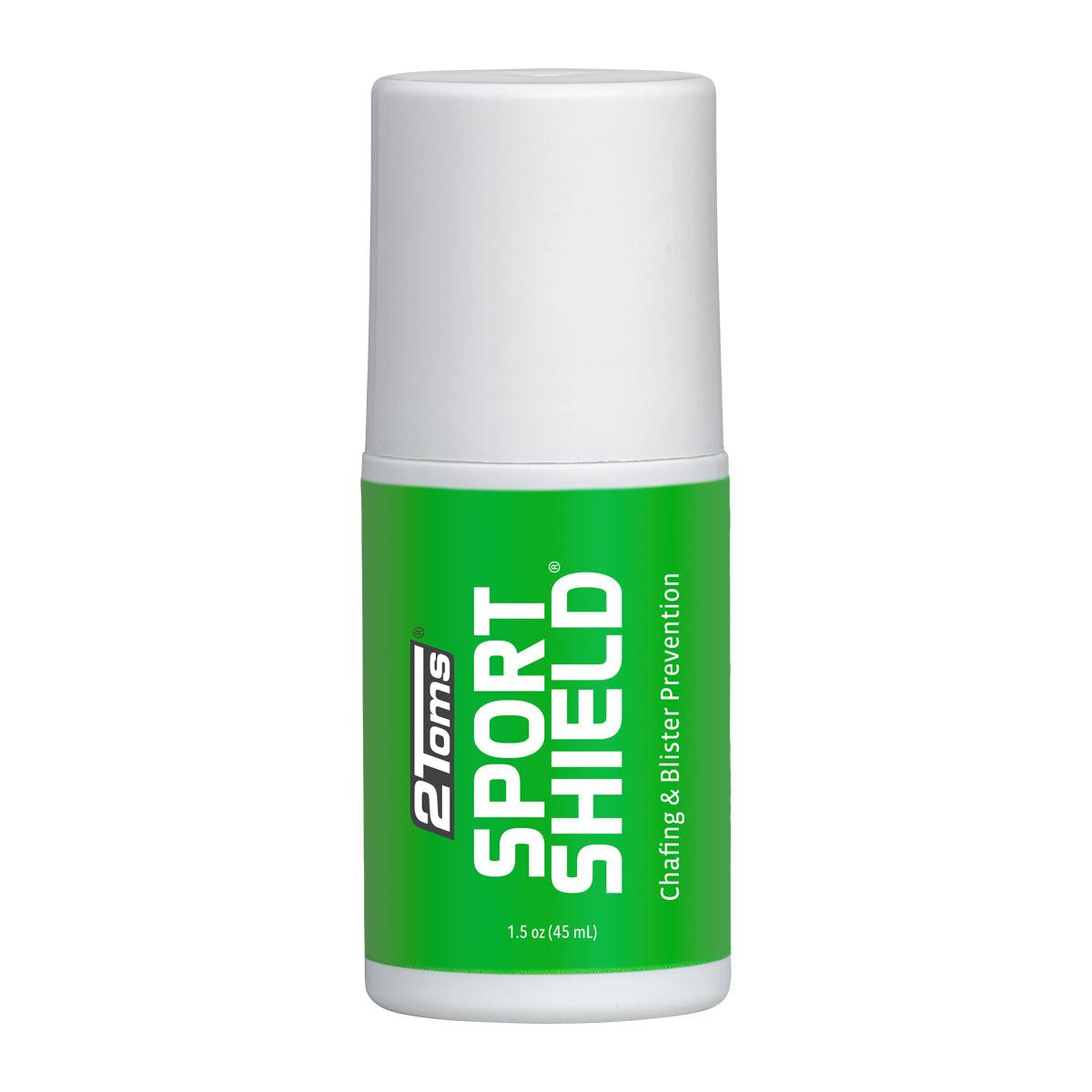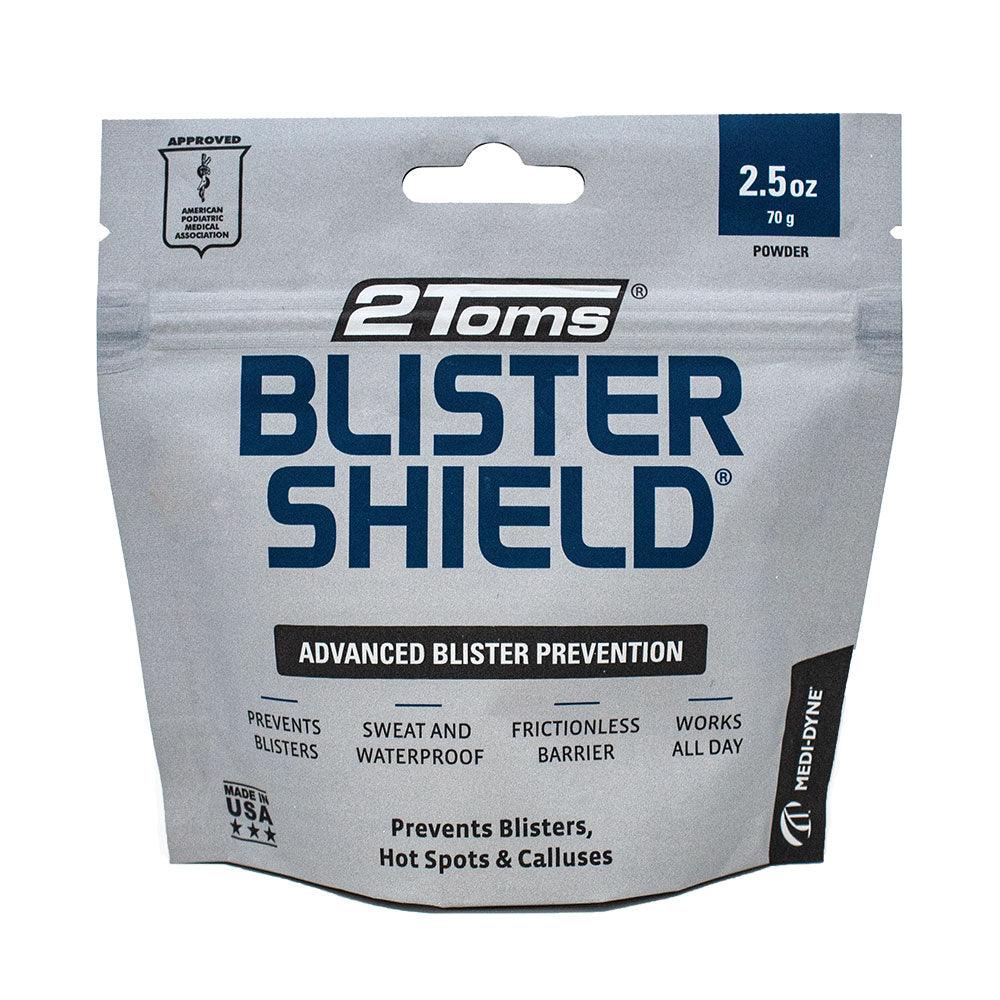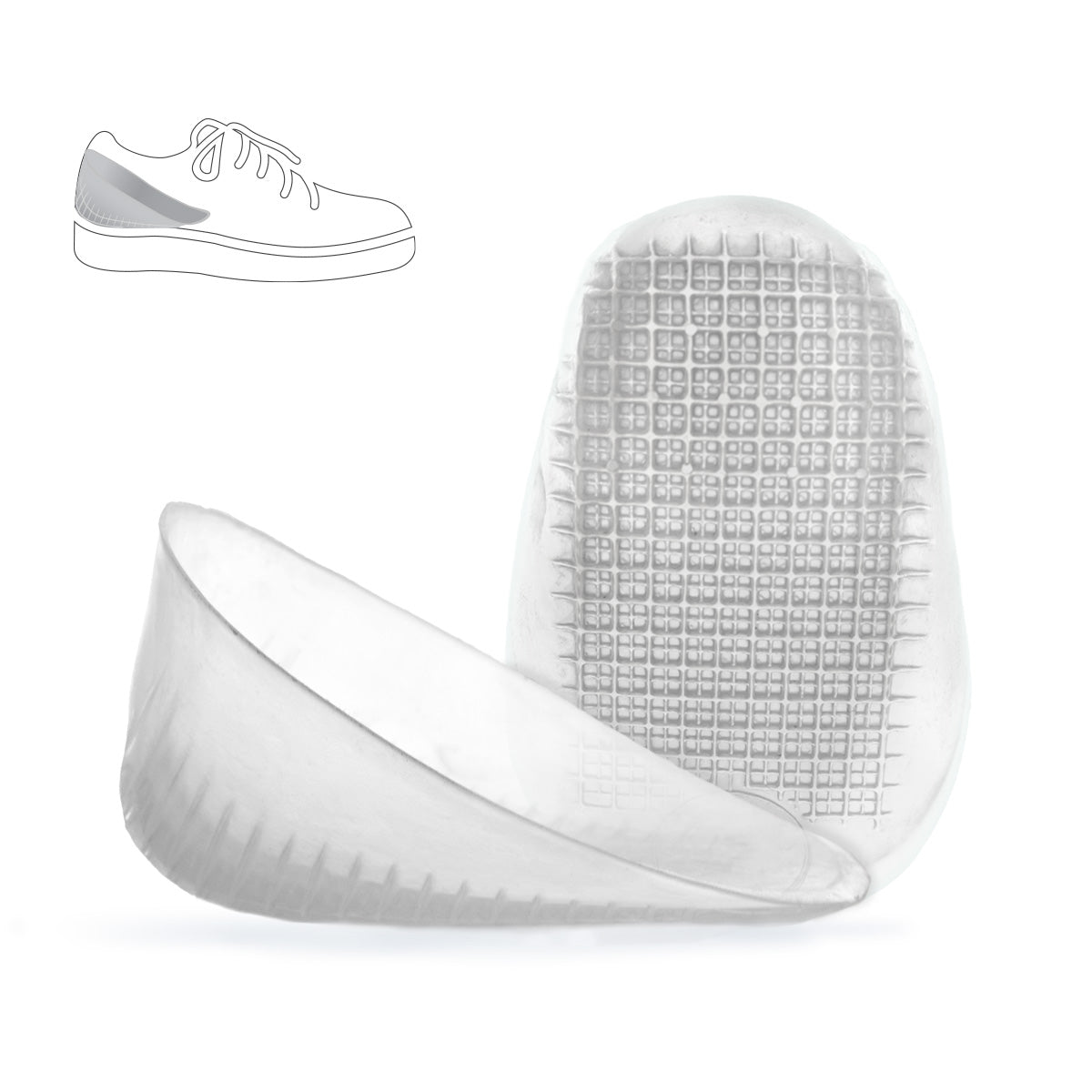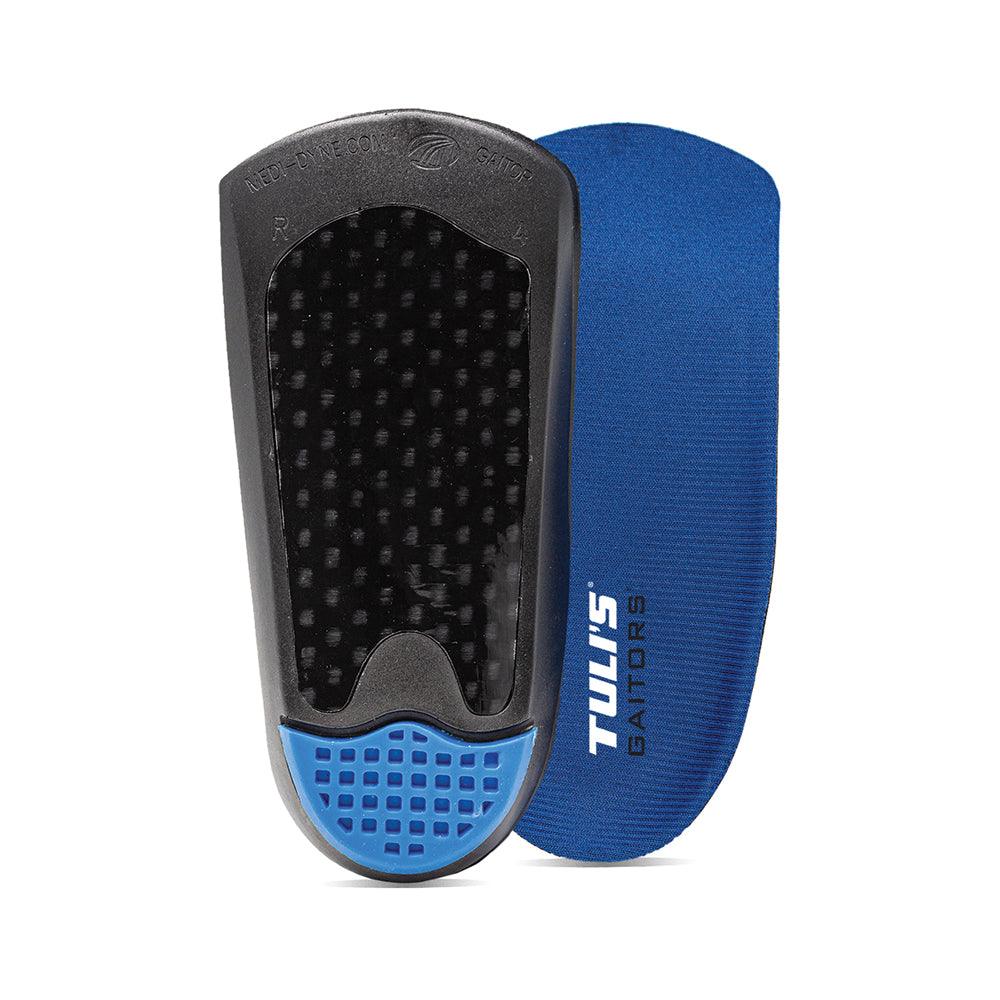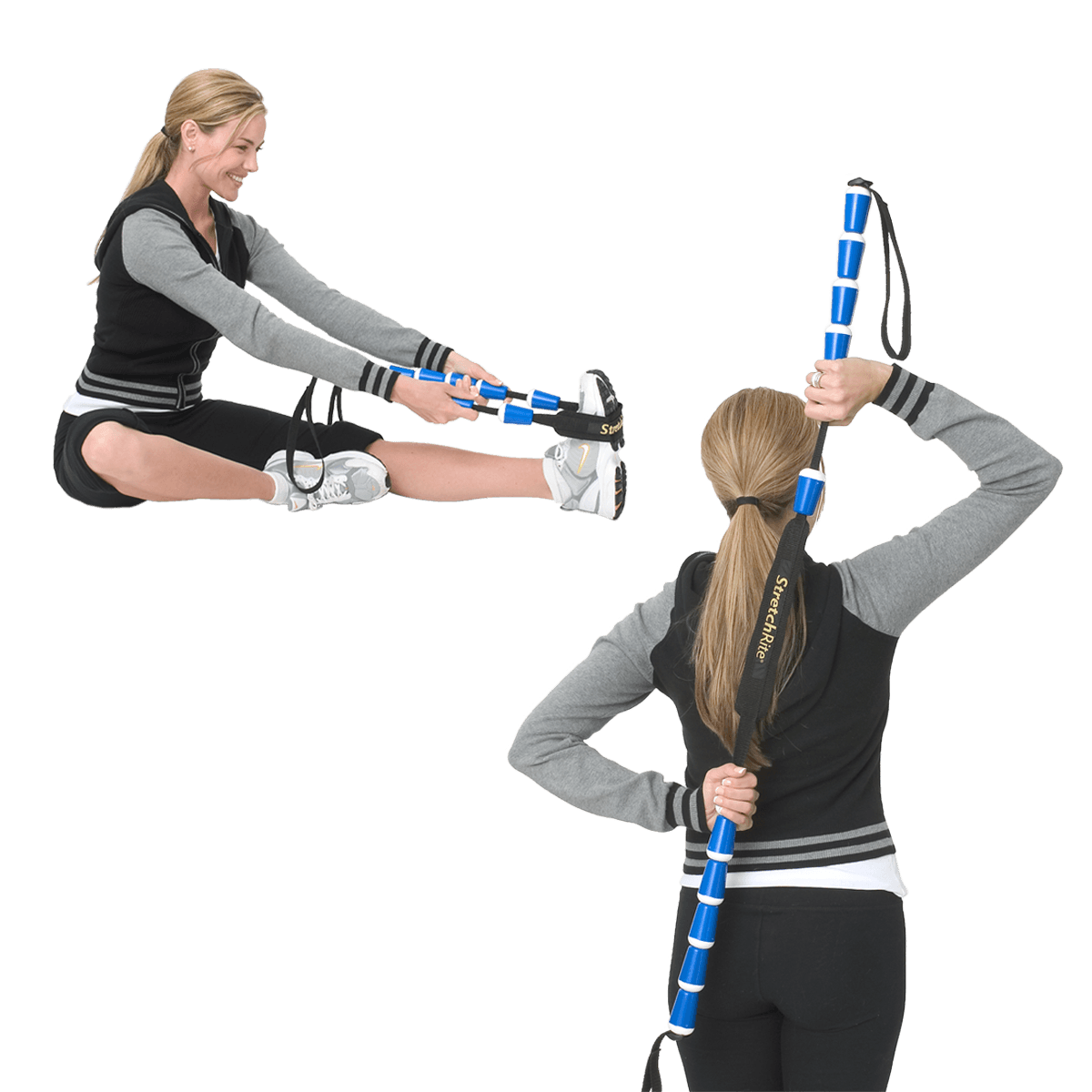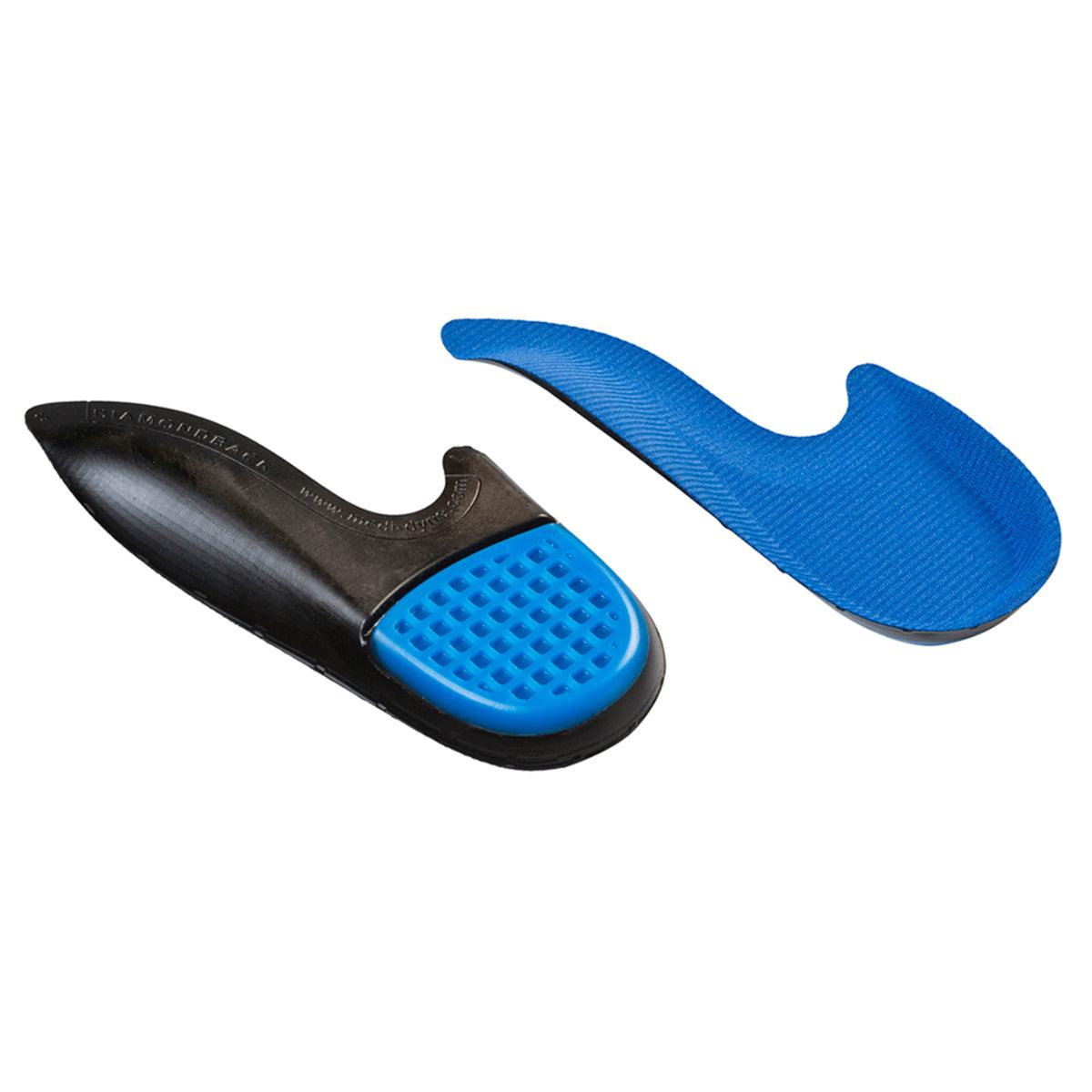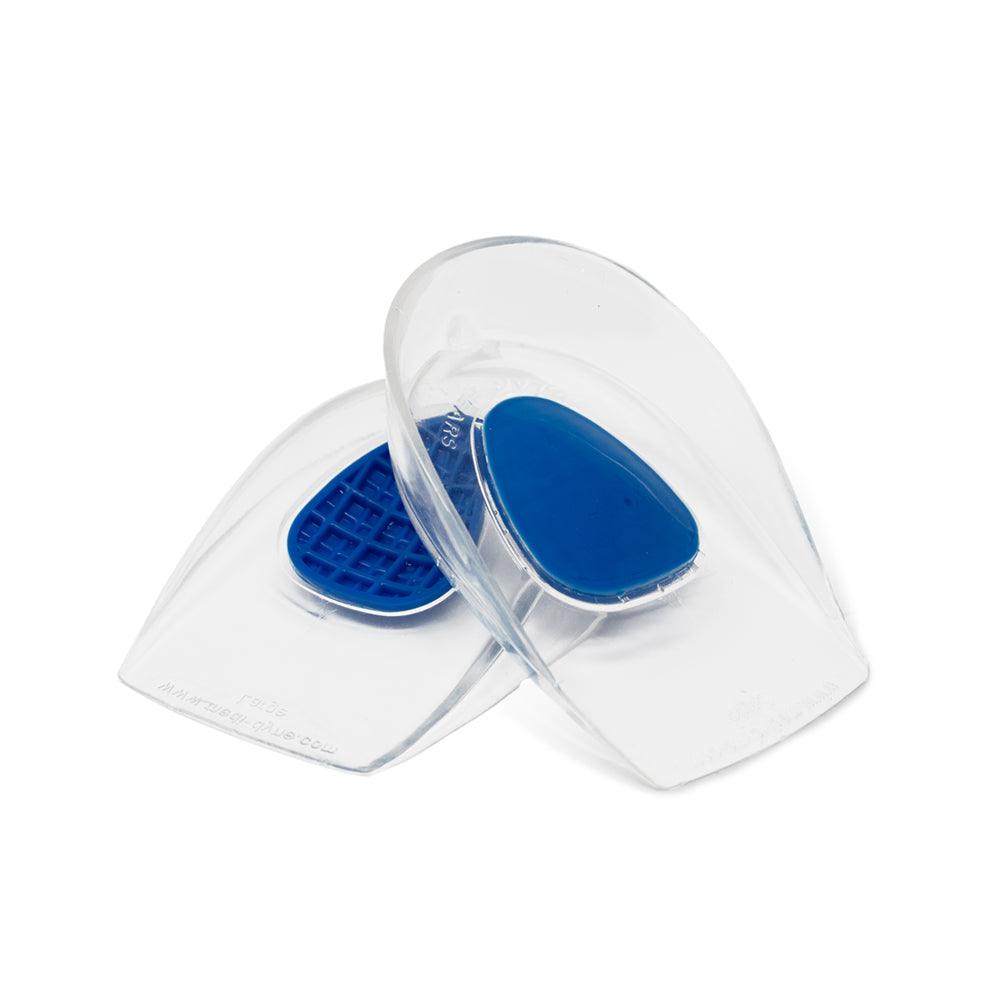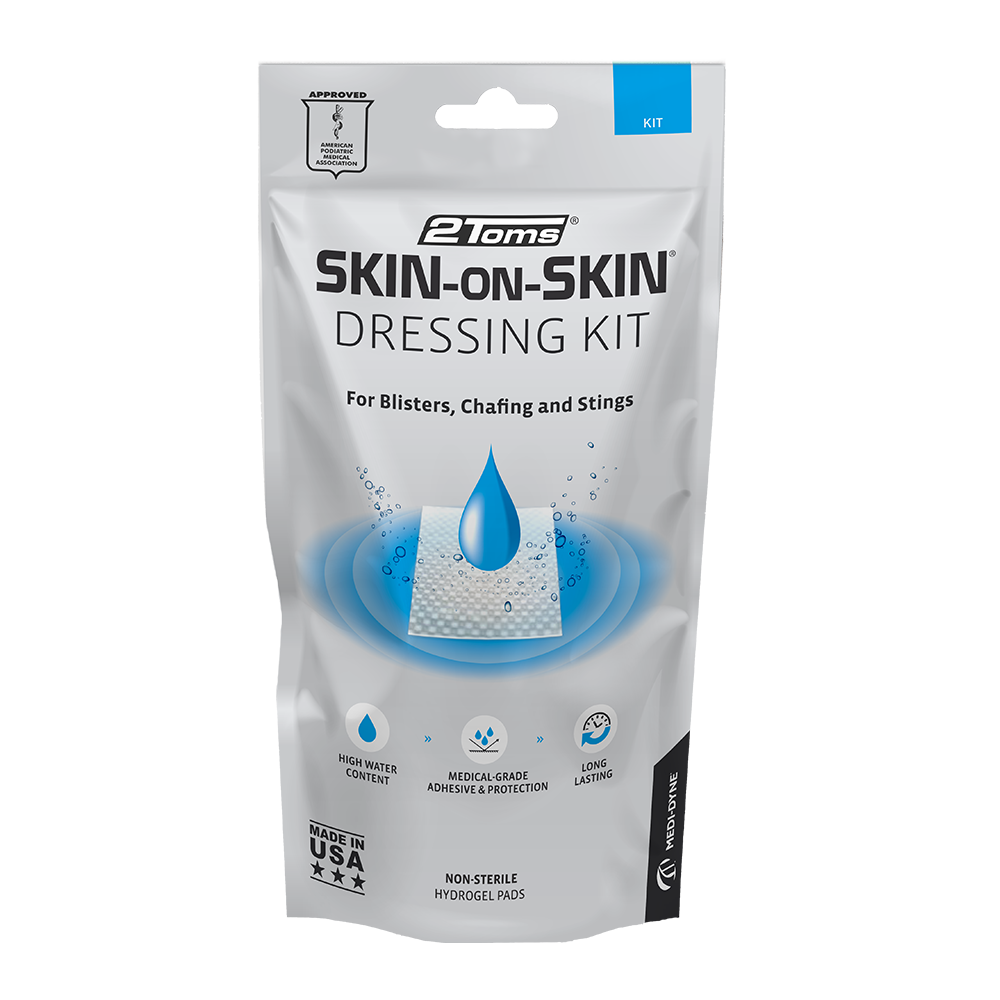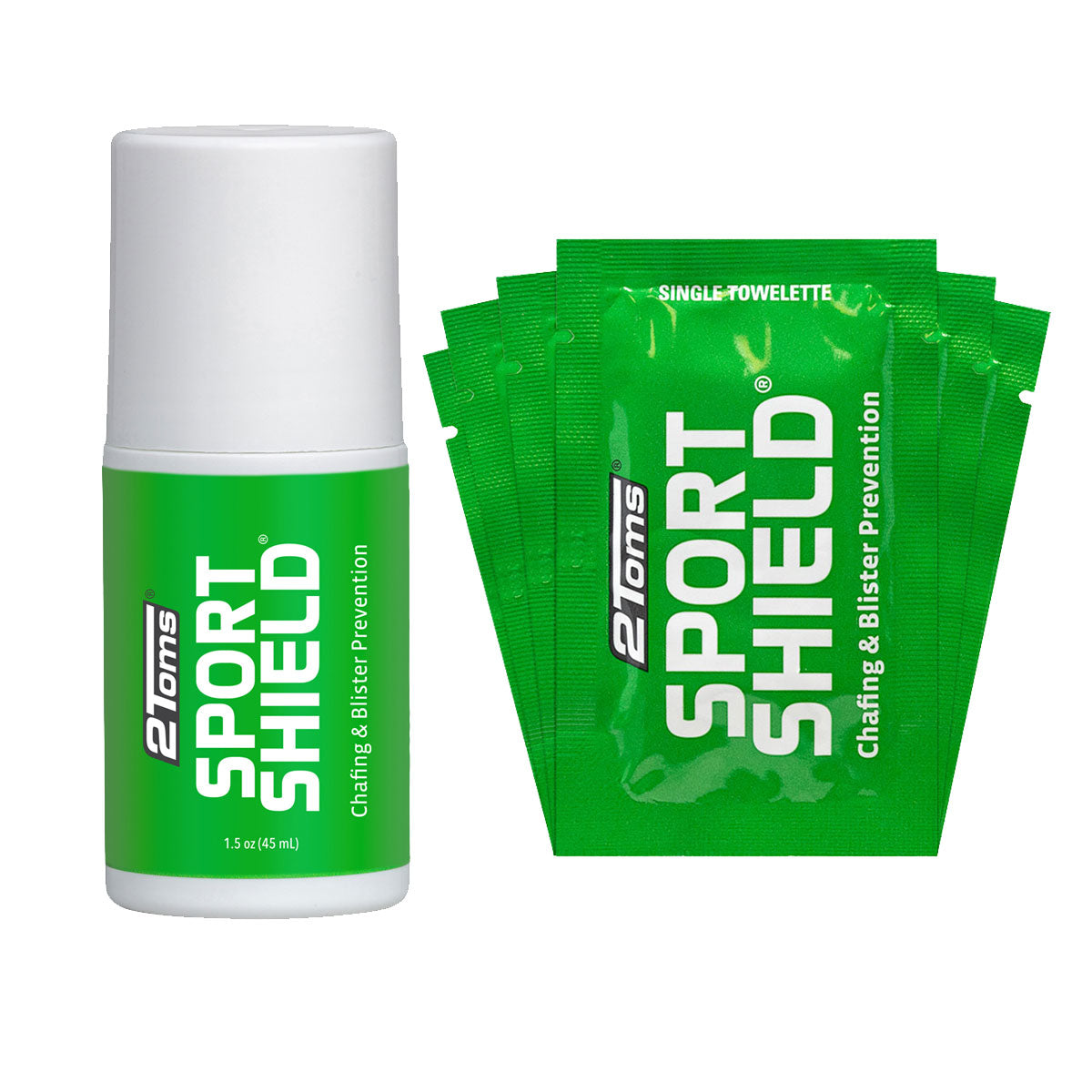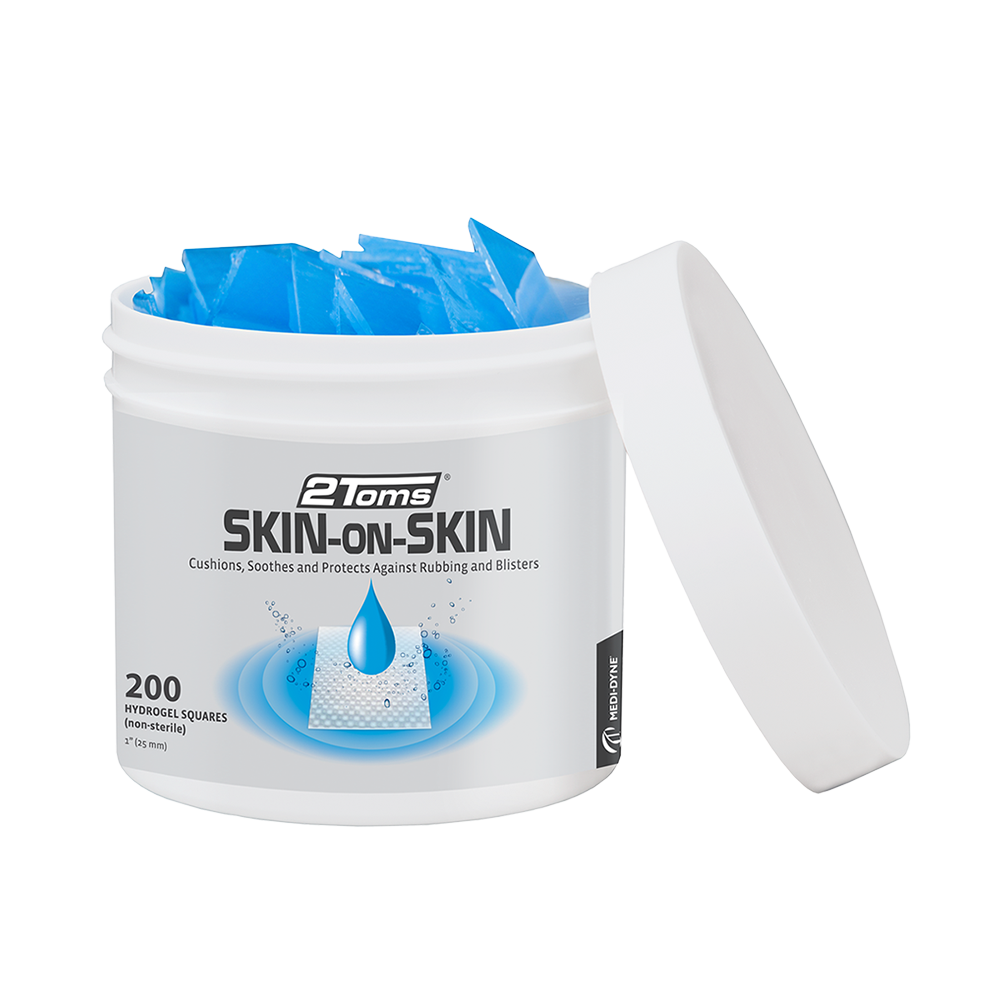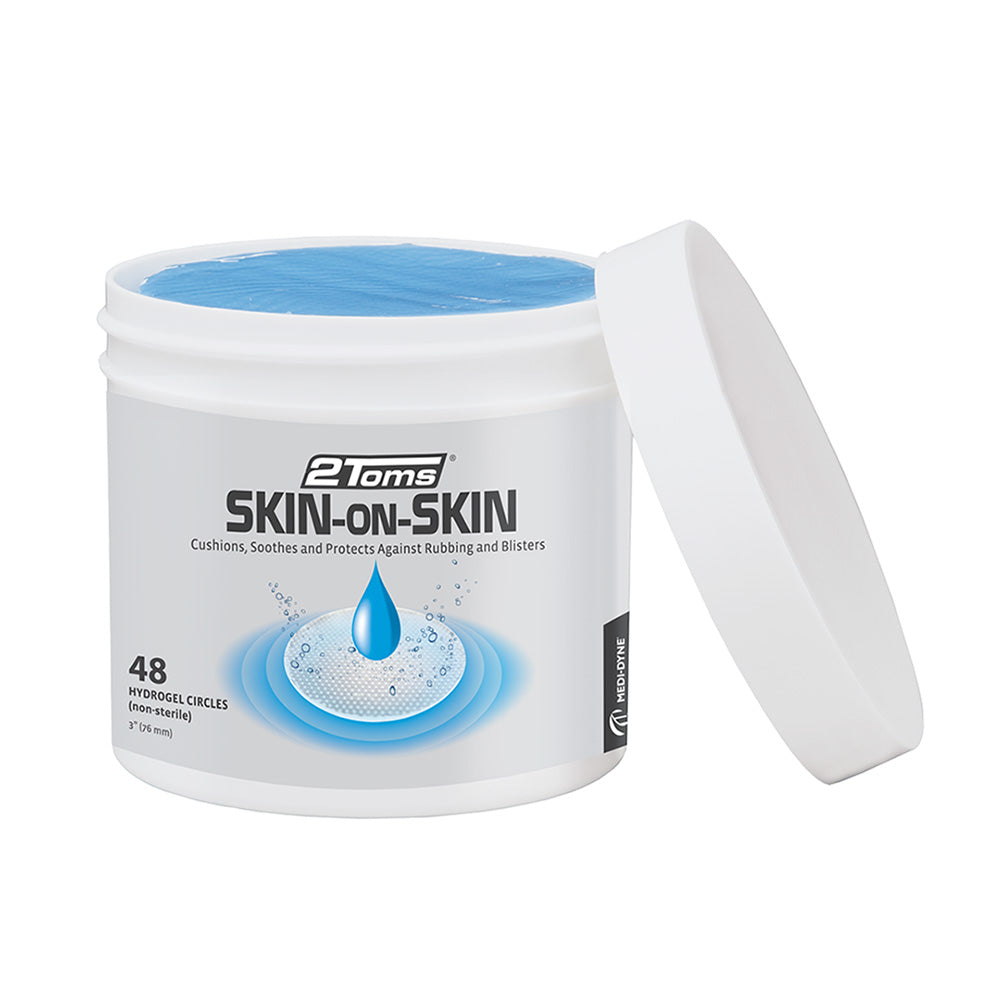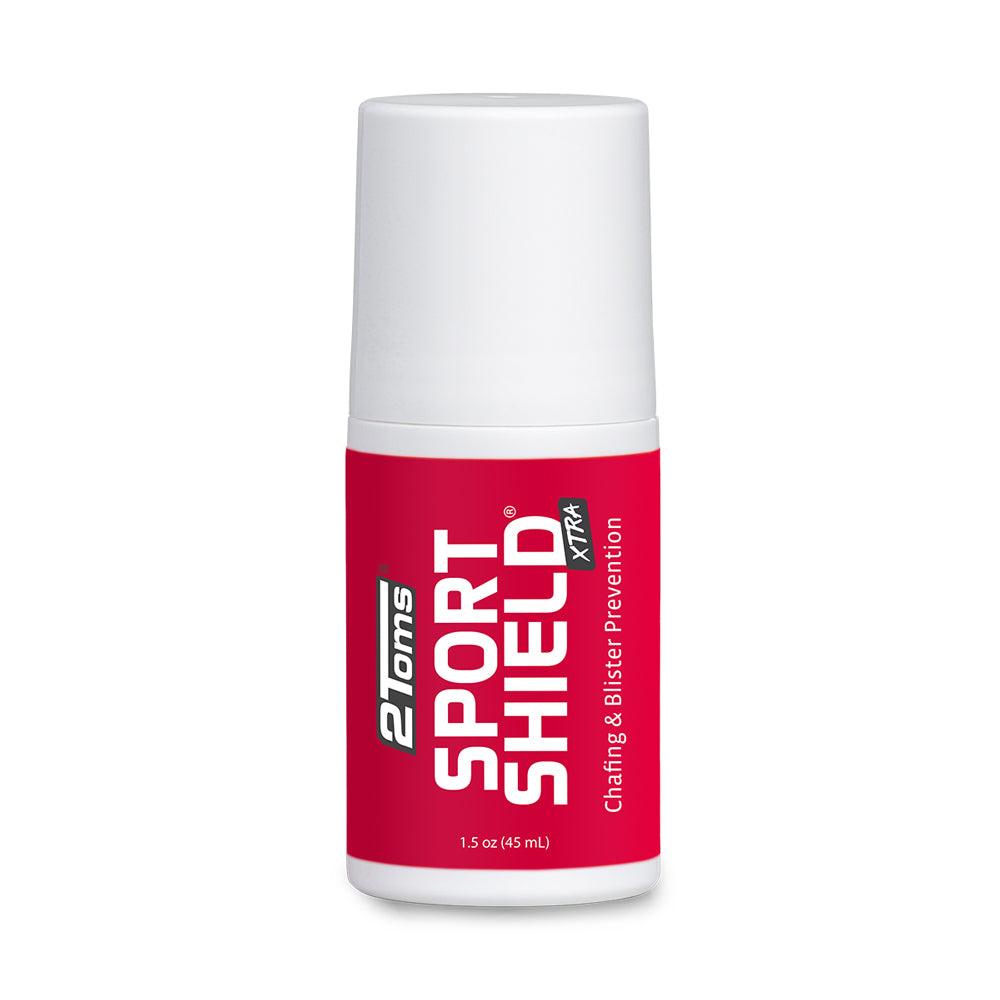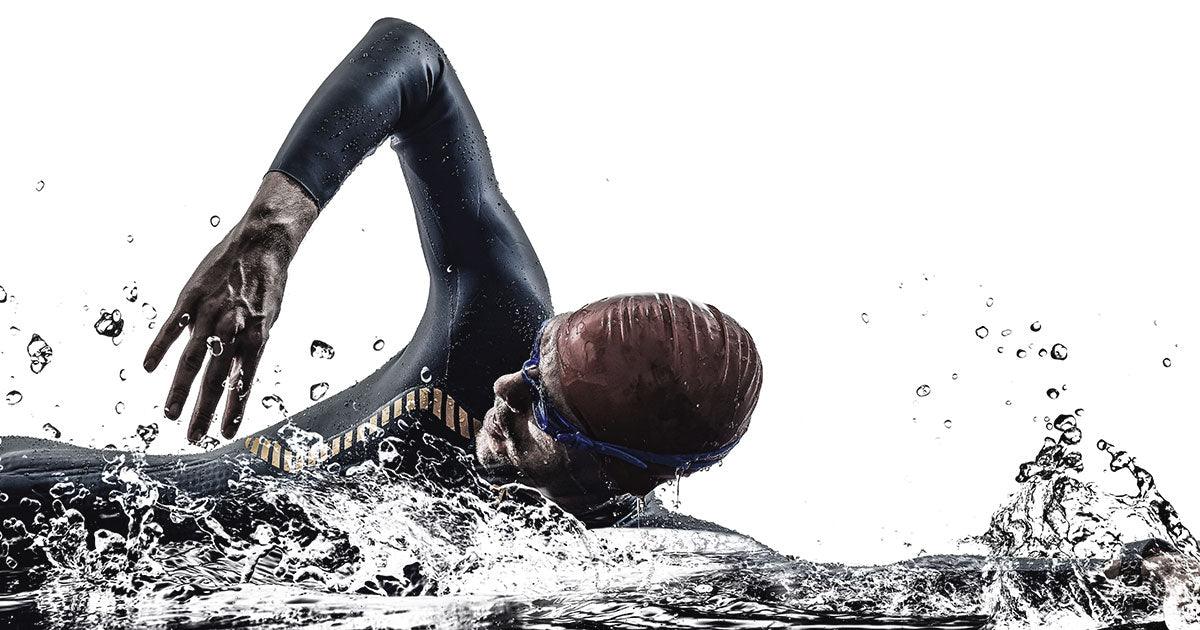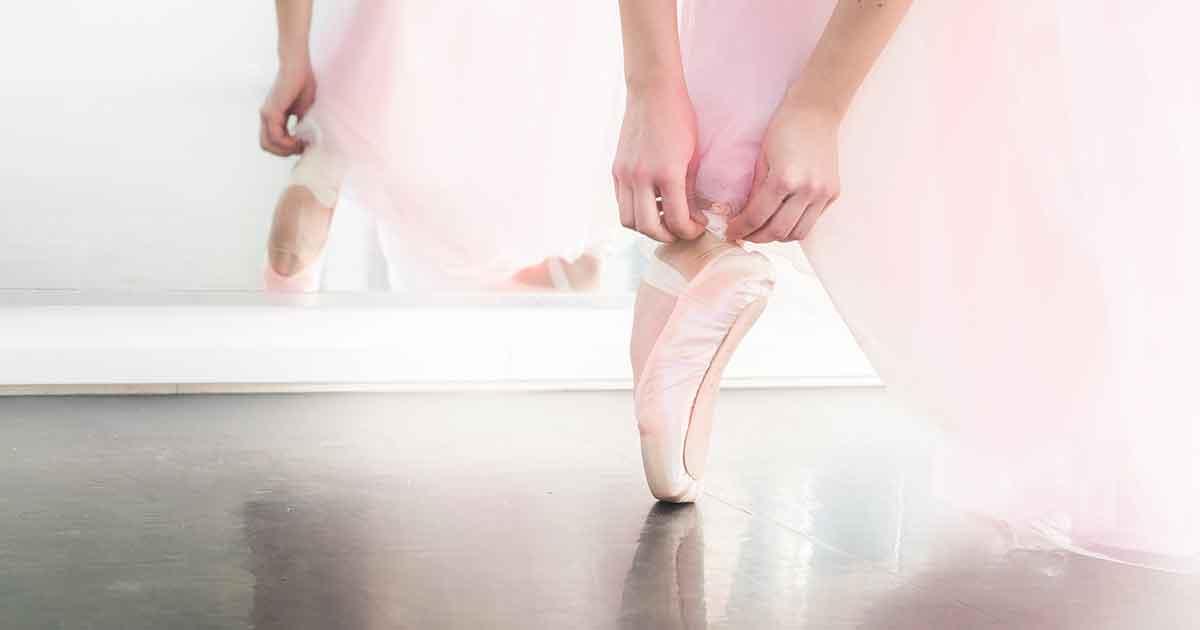Revised 08/27/2020
This is the first in a 10-part series outlining some of the most common injuries suffered by runners.
Achilles tendonitis is a painful condition caused by overuse of the lower leg muscles and tendons in the area they attach to the heel bone. It causes pain at the back of the ankle. It can eventually result in small tears that can lead to a long-term weakening of muscles, which ultimately, the tendon can tear, resulting in a debilitating injury that may require surgery. Here is some information on how this condition takes place and what you can do to treat it.
Causes
While there are many risk factors that can lead to the development of Achilles tendonitis, the two most common causes include over-pronation and the lack of flexibility. It can occur due to a single instance of over-stress, or it can build up over time due to several different instances of overuse.
Other risk factors that can cause Achilles tendonitis include:
- Poor conditioning
- Overuse
- Stressful surfaces
- Wearing High-heels
Symptoms
Some of the most common symptoms include:
- The tendon hurting when you touch it or move
- Difficulty standing on a single toe
- Swelling or warmth in the area of the tendon and heel
- Morning stiffness and pain
- Tendon and heel pain when running or walking
Treatments
Prevention is your best defense to prevent Achilles Tendonitis. Here are three things you can do to prevent Achilles Tendonitis. Please Note: Always practice stretching and strengthening exercises as recommended by your doctor.
- Stretching and Strengthening Exercises - To help maintain flexibility in the ankle joint.
- Use of Orthotics and Heel Support - To correct misalignments or bolster the support of your foot.
- Use of Proper Footwear – To make sure that your everyday foot mechanics are operating under ideal conditions.
Contact your doctor to find out the right treatment and diagnosis for you.
For Immediate Relief
1. Find the Right Support
Use an Achilles tendon strap to help reduce the stress on the tendon, promote healing, and relief. The strap will allow you to reduce stress on the Achilles tendon by gently lifting the heel.
2. Find the Right Cushion
Use a heel cup to absorb shock and prevent unnecessary stretching of the tendon on each step. Using a Tuli’s Heel Cup will provide relief by cushioning and elevating the heel bone to take the pressure off the Achilles Tendon.
3. Calf Massage
Massaging the calf using a foam roller can help you relax calf tendons that may allow you to find Achilles tendonitis relief. Recommended Product: Peanut Foam Roller
For Long Term Healing
1. Calf Stretching and Strengthening
Calf and plantar fascia flexibility are critical to Achilles tendon health and healing. Stretching your calf will provide relief by loosening the tendon. Use a calf stretcher to provide a gradual stretch.
2. Calf Massage
Massaging the calf before and after a workout will help you relax calf tendons and may allow you to find Achilles tendonitis relief. A foam roller can help you stretch and massage the calf. Recommended Product: Peanut Foam Roller
RELATED PRODUCTS:
OTHER RELATED TOPICS:
RUNNER OVERCOMES PRE-RACE ACHILLES TENDONITIS
MEDI-DYNE EARNS MAYO CLINIC PRODUCT ENDORSEMENTS
5 BEST HEEL CUPS FOR PLANTAR FASCIITIS
PLANTAR FASCIITIS, A REASON TO WORRY?
PLEASE NOTE: The information on this website and article is for information only and should not be used as a substitute for consulting your doctor. Consult your doctor for proper diagnosis and rehabilitation. The post Top Running Injury No. 1: Achilles Tendonitis appeared first on Medi-Dyne.




